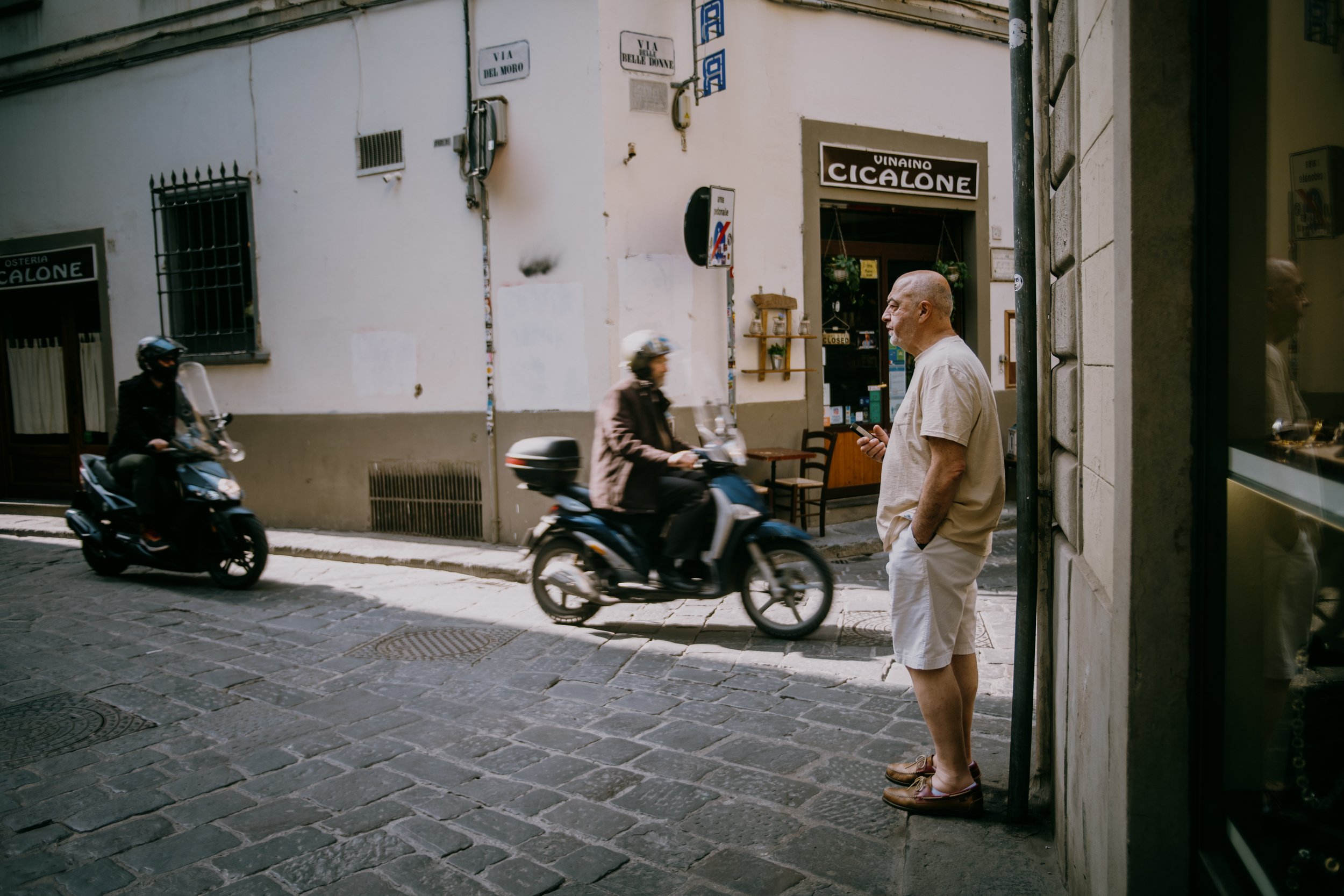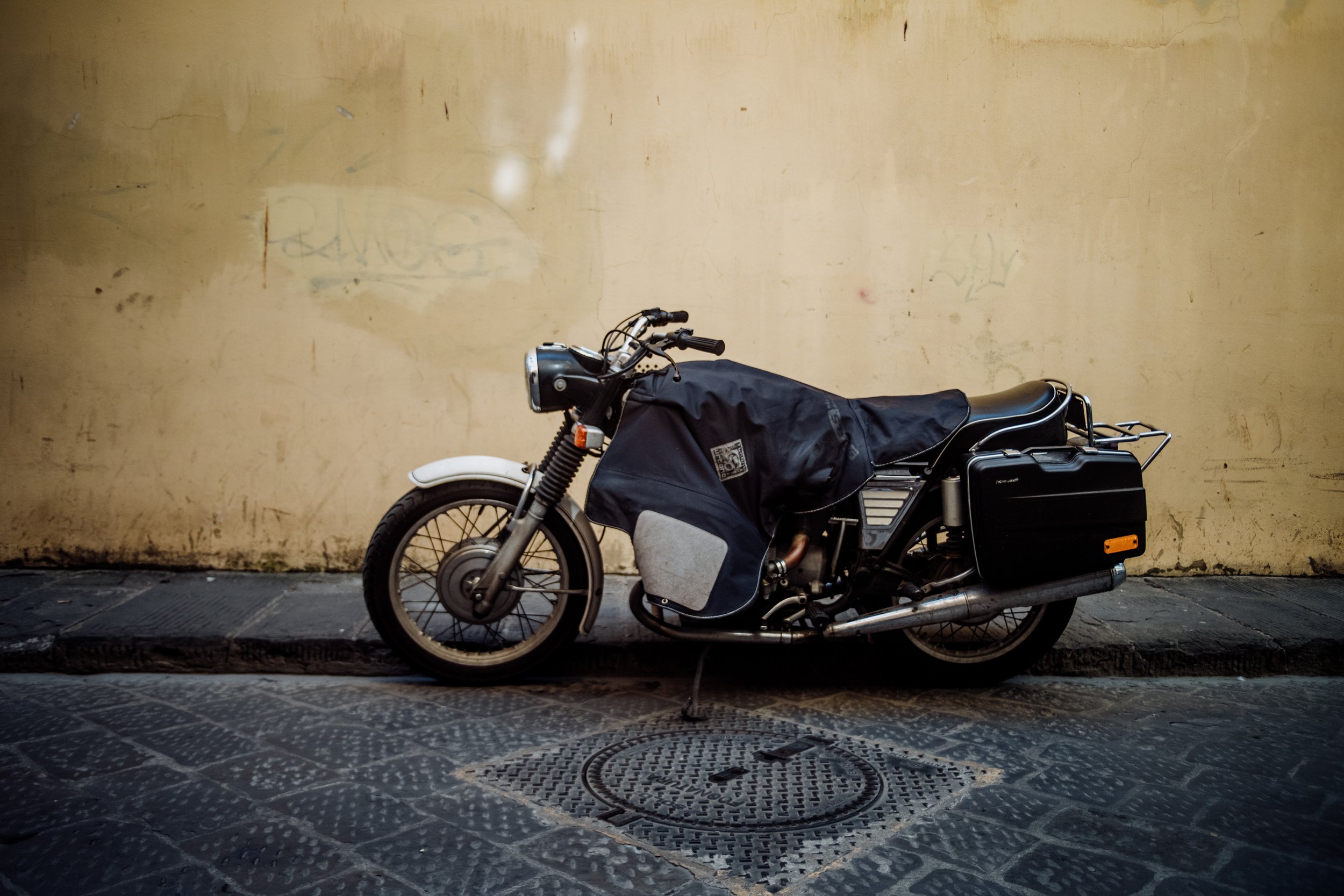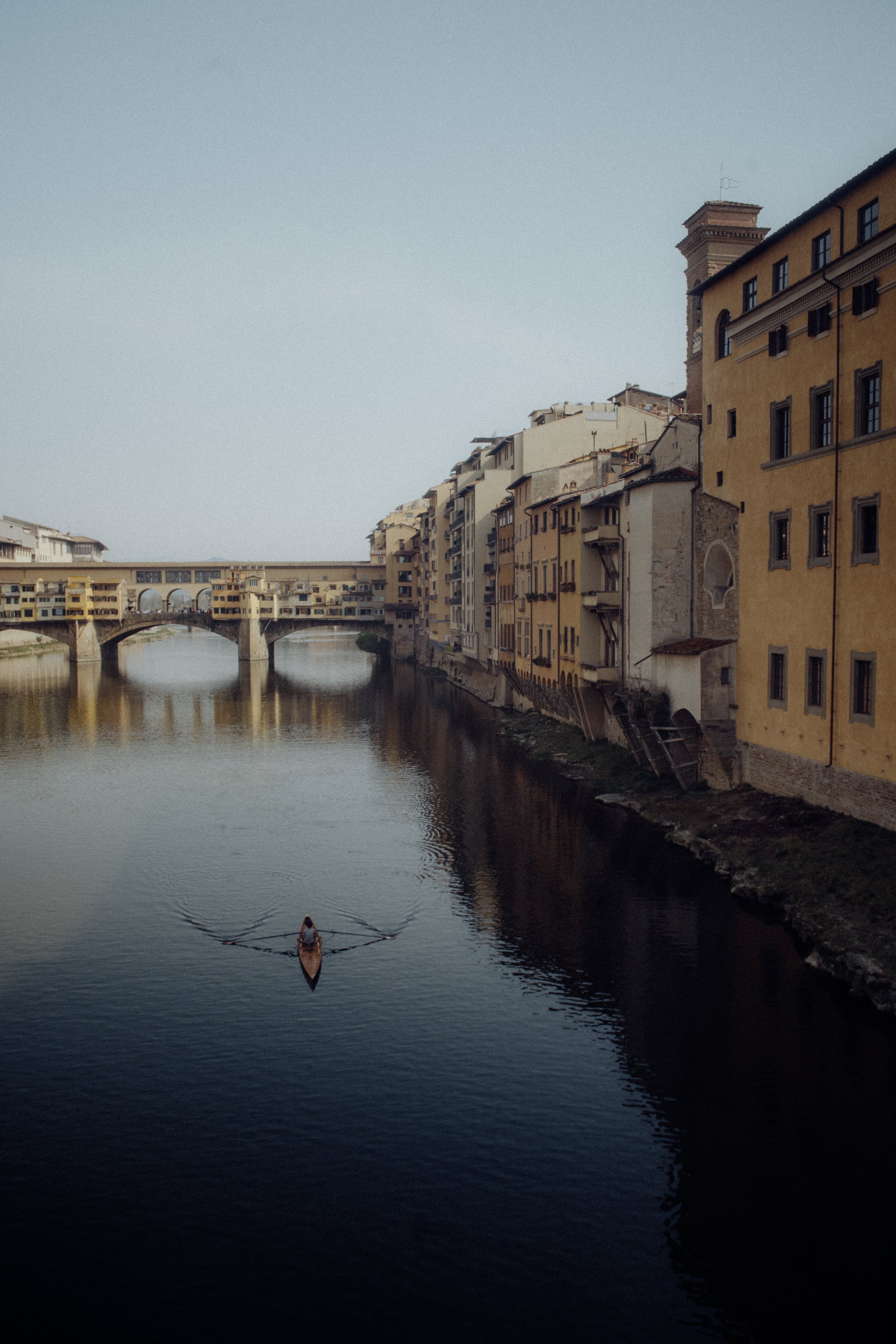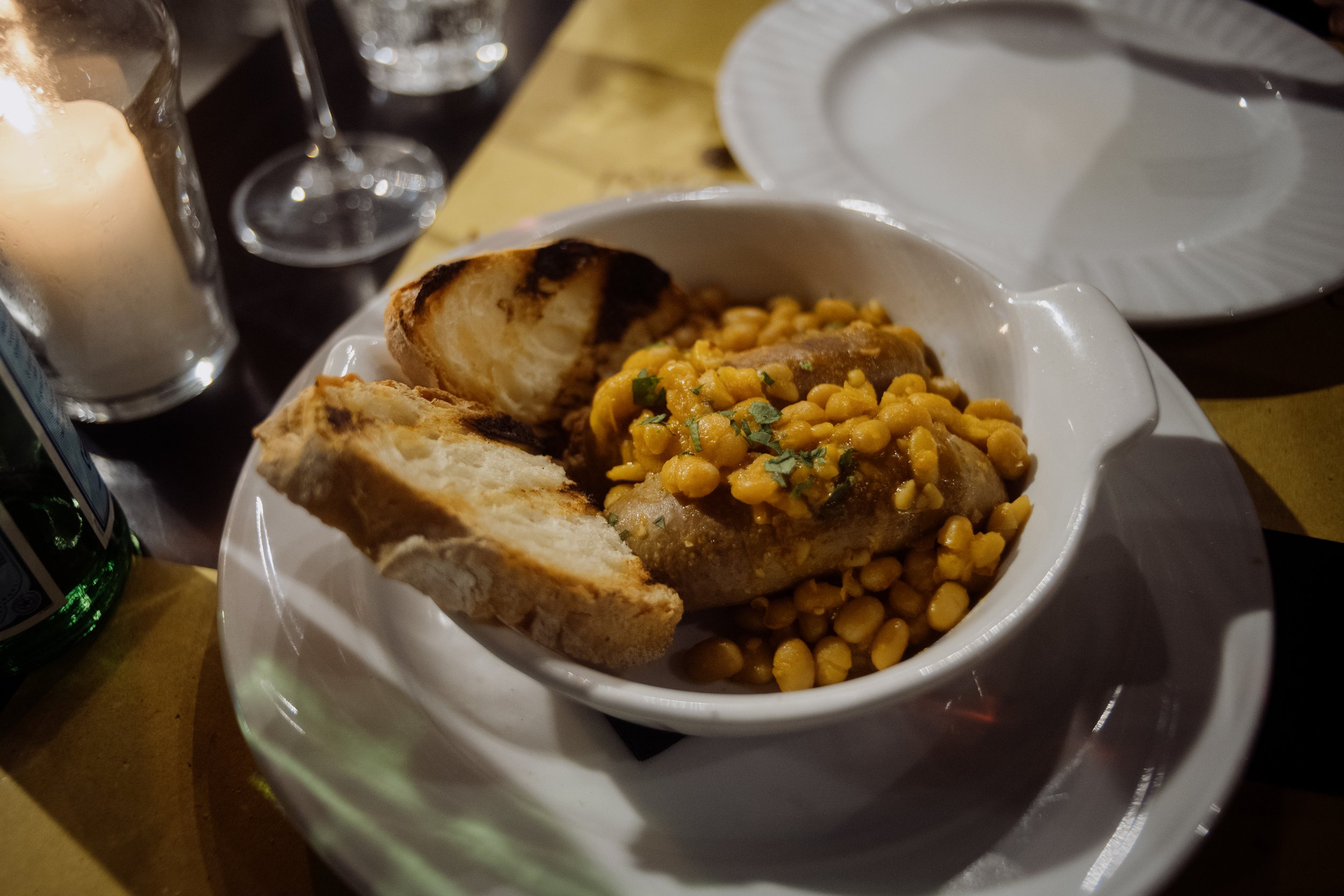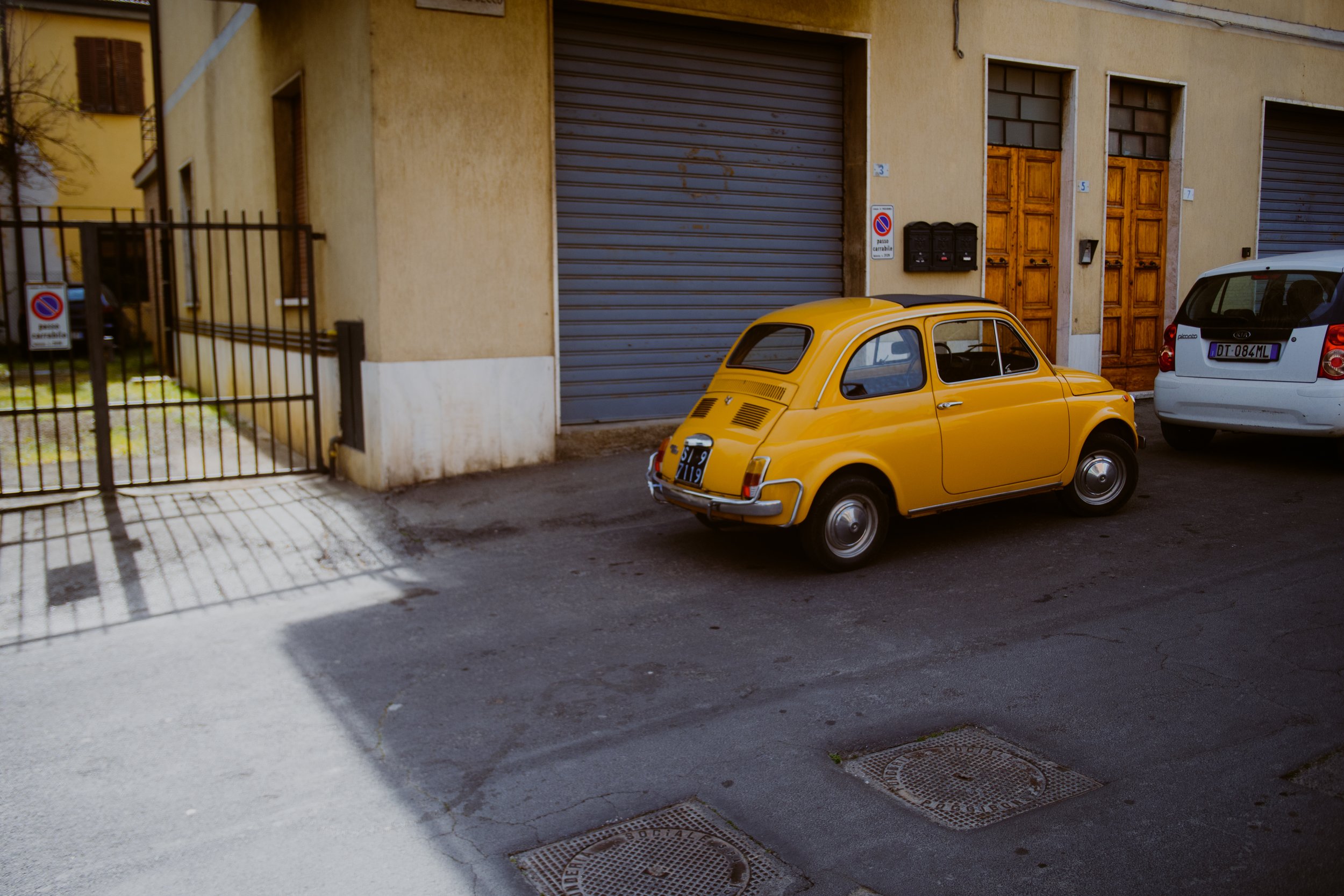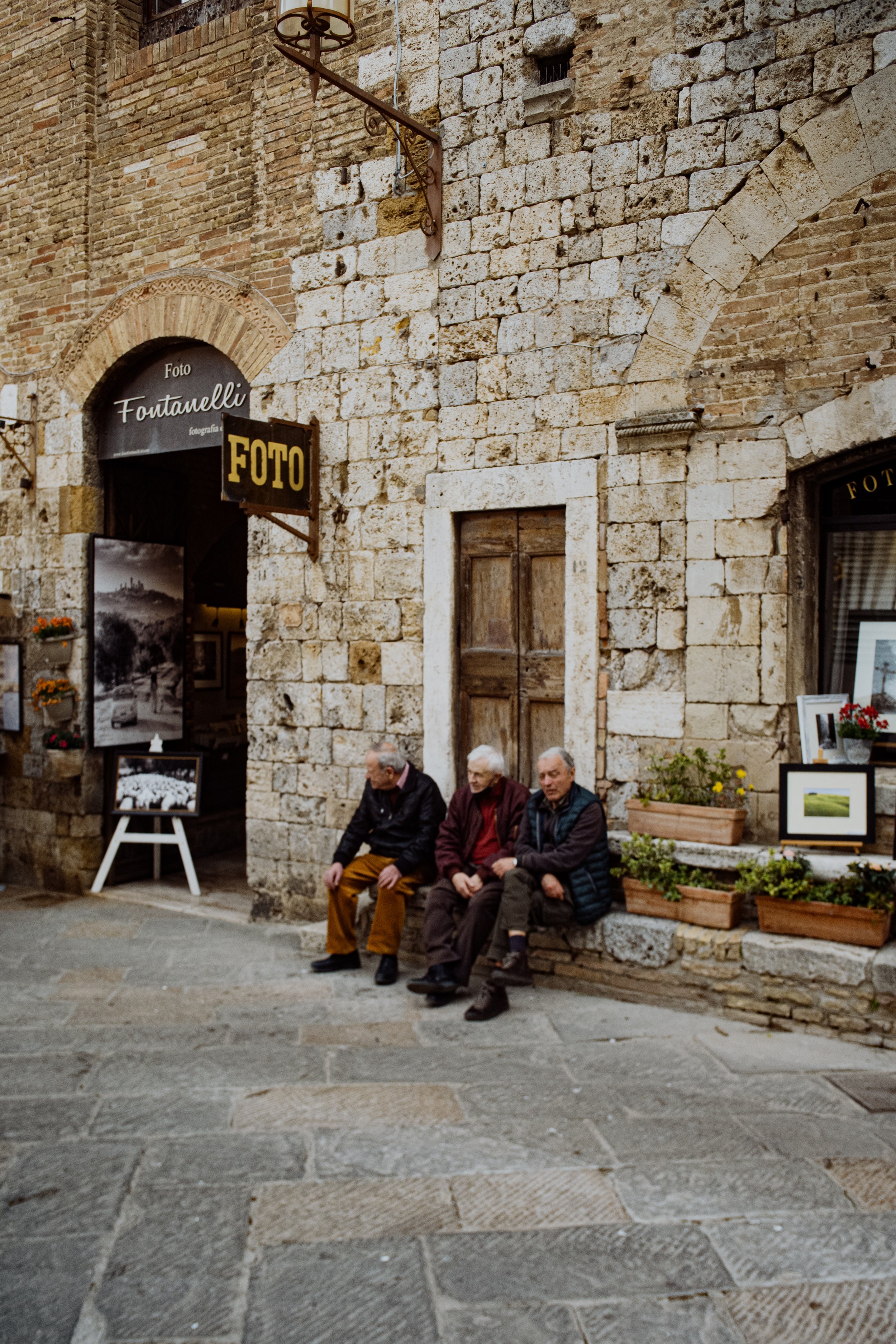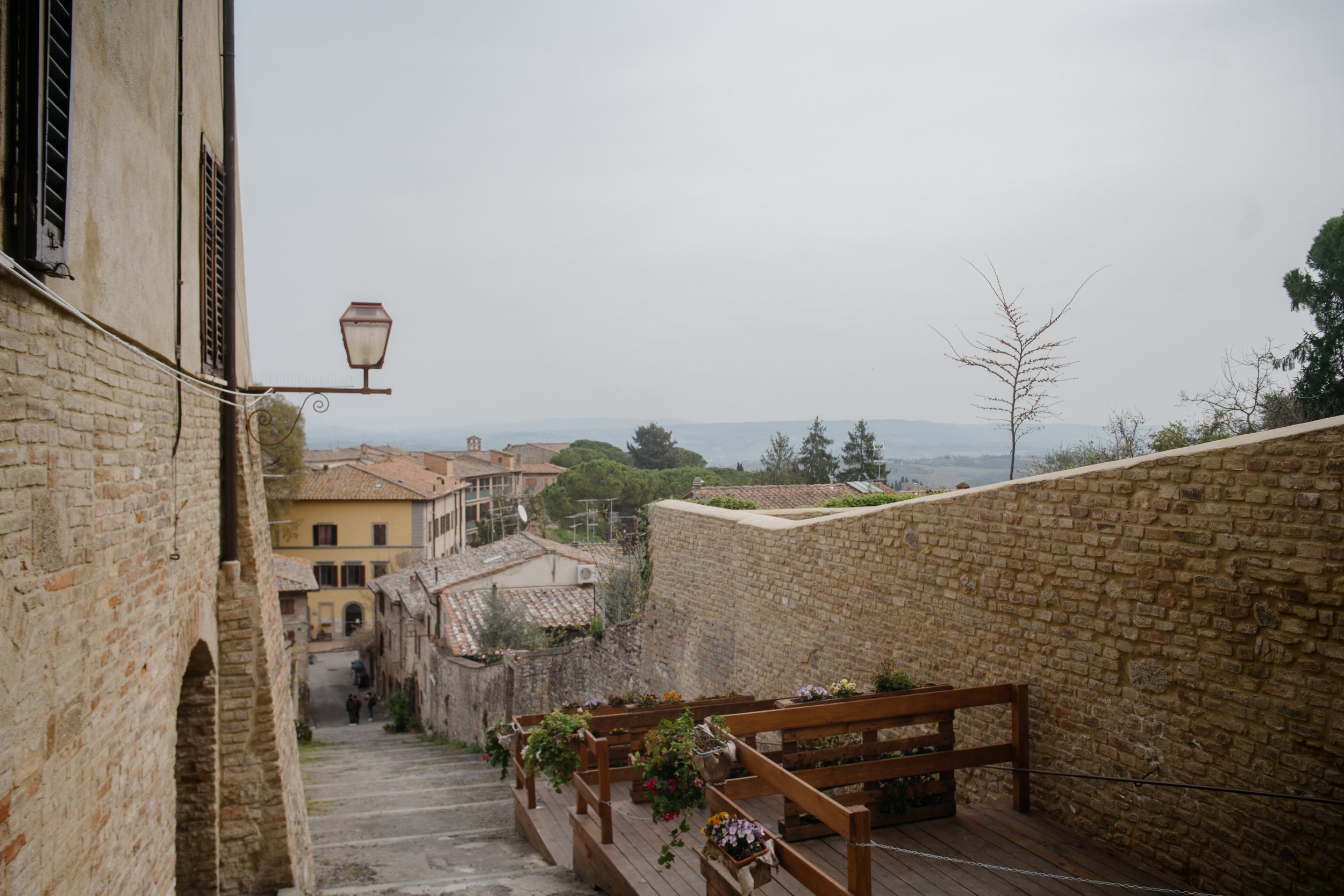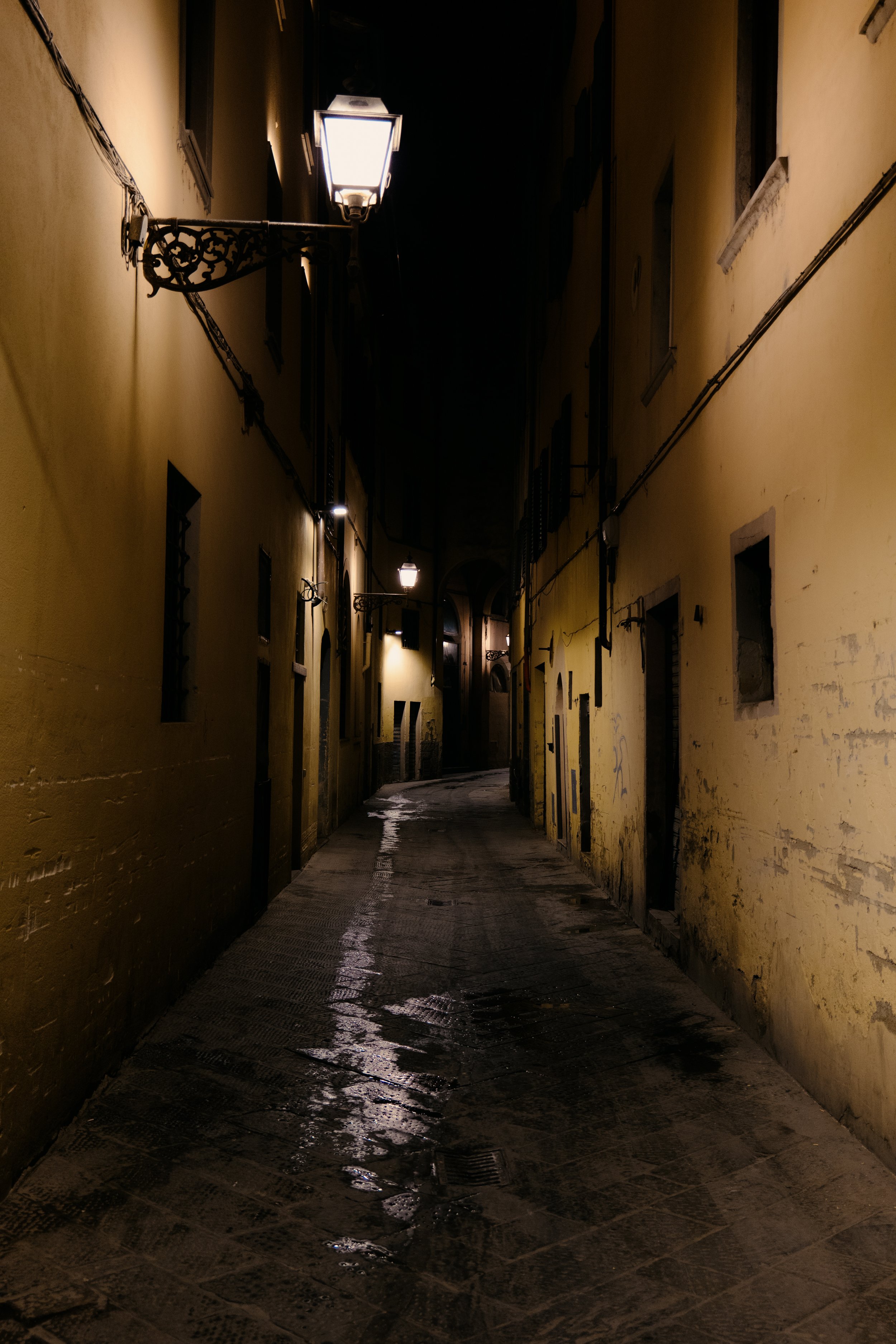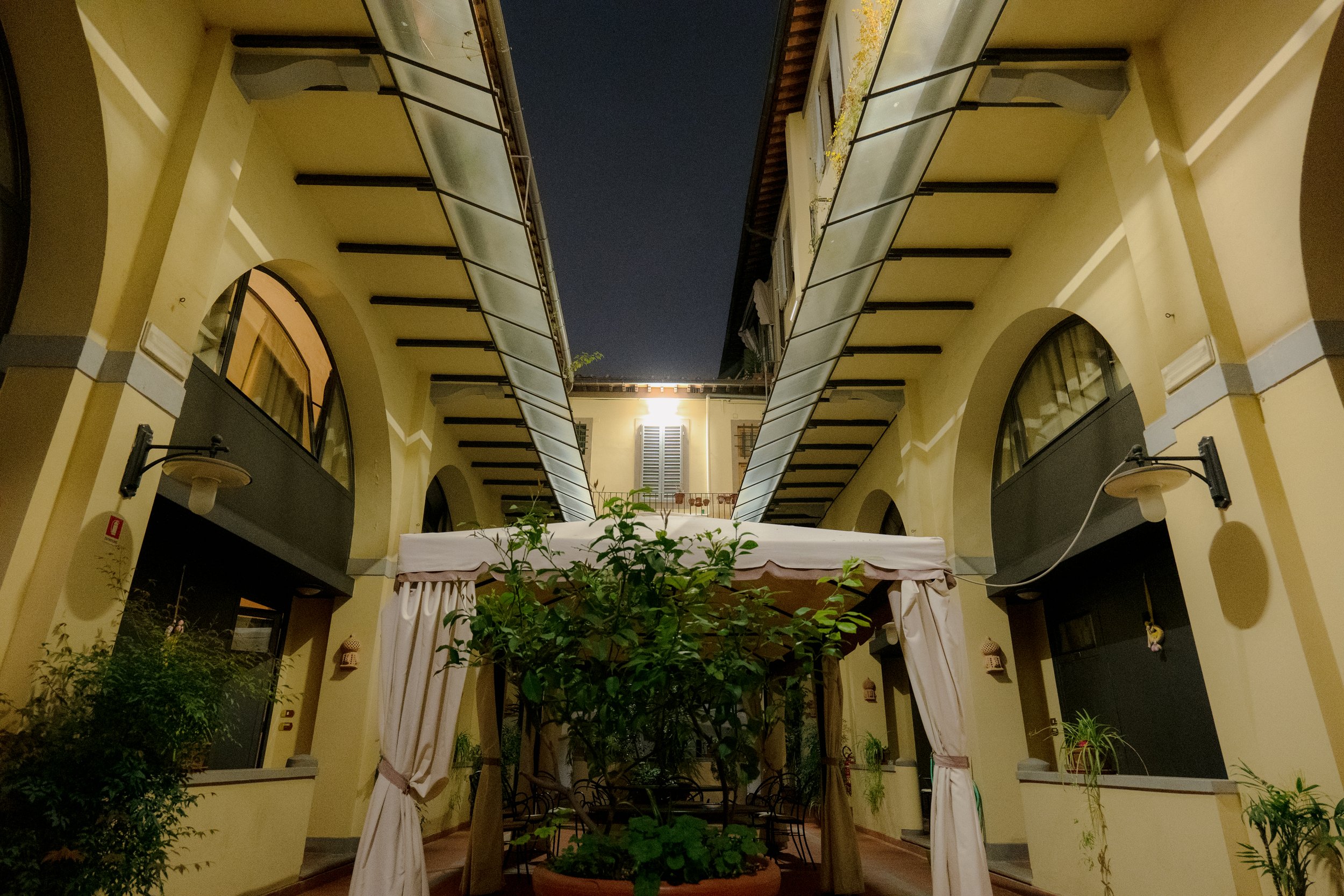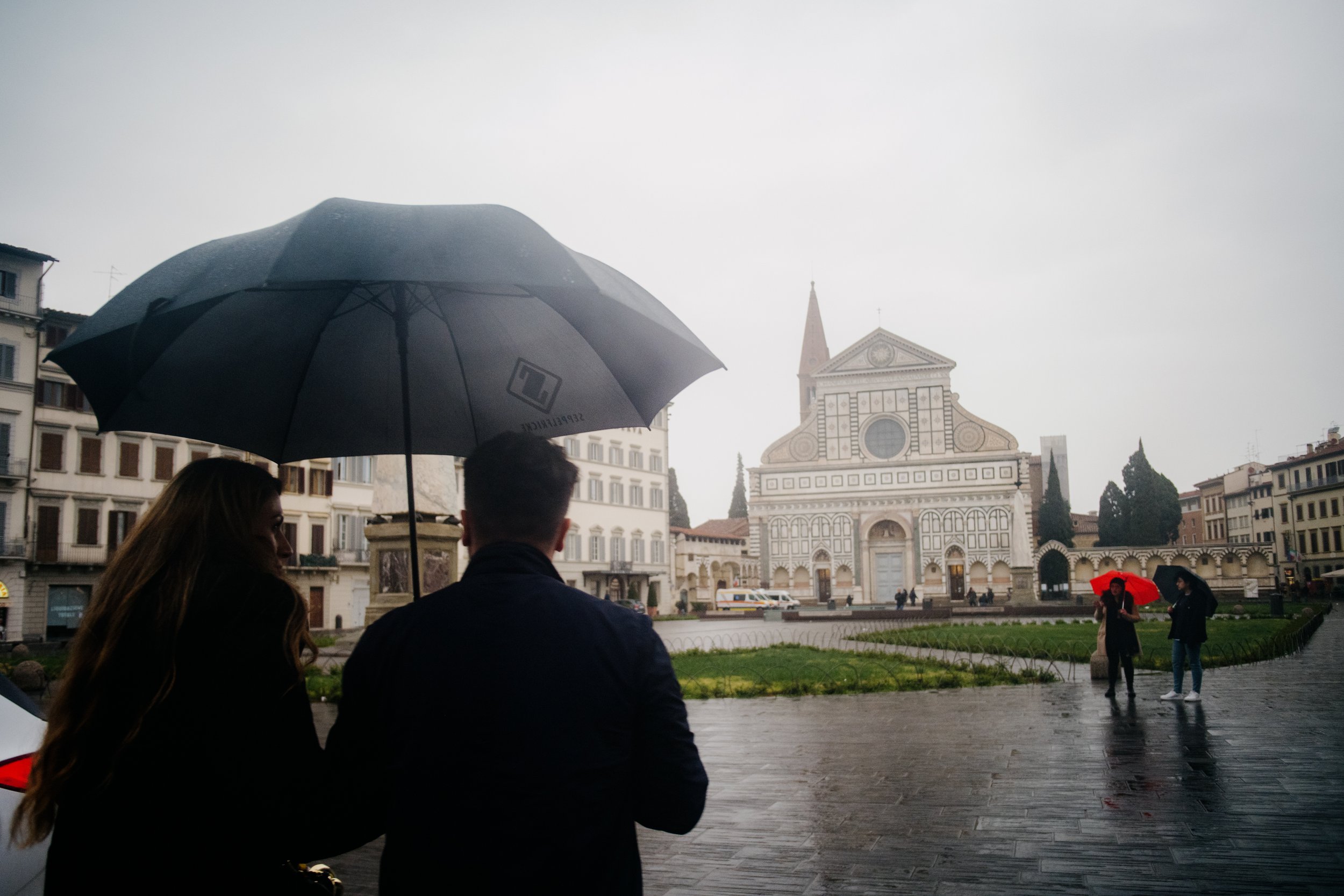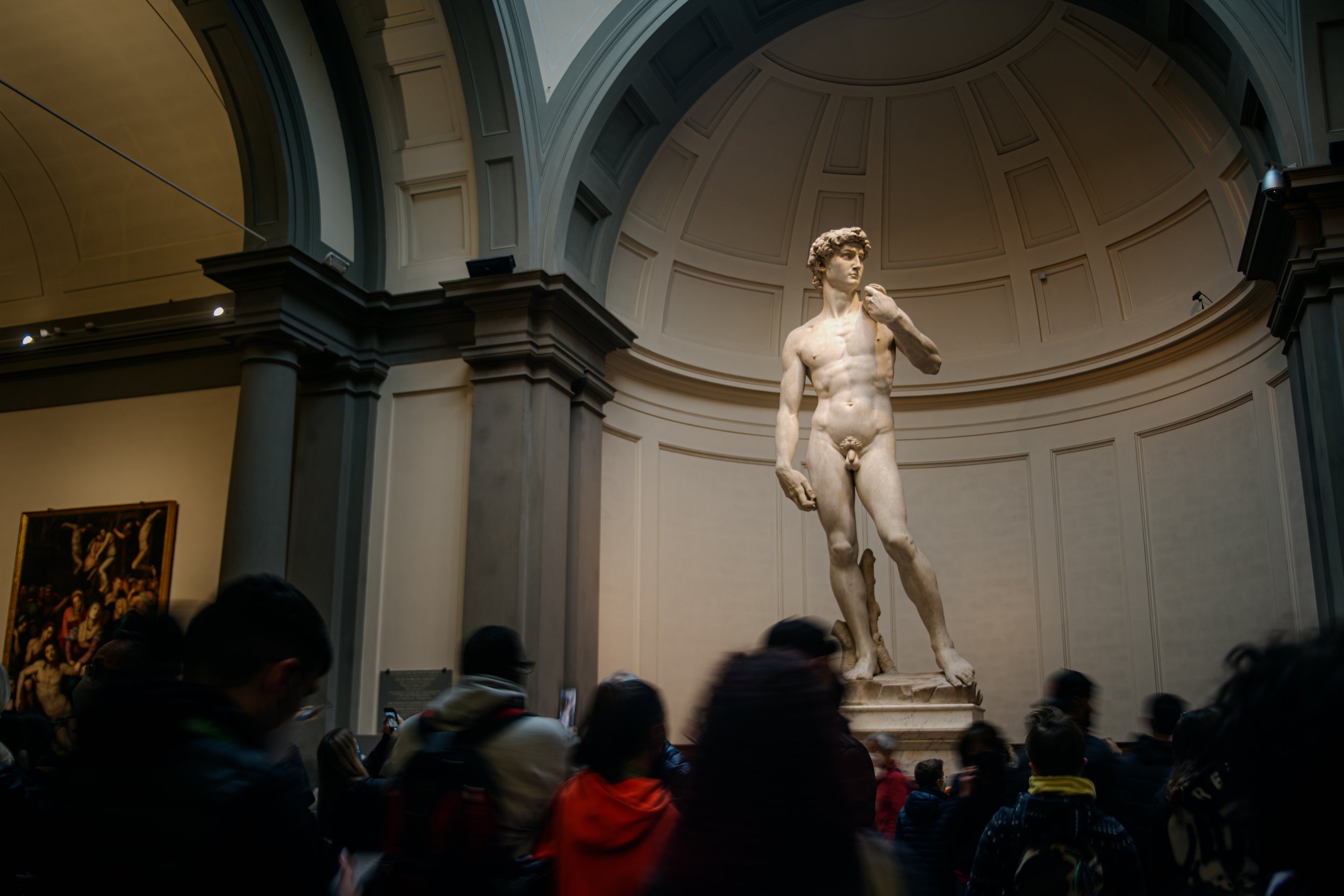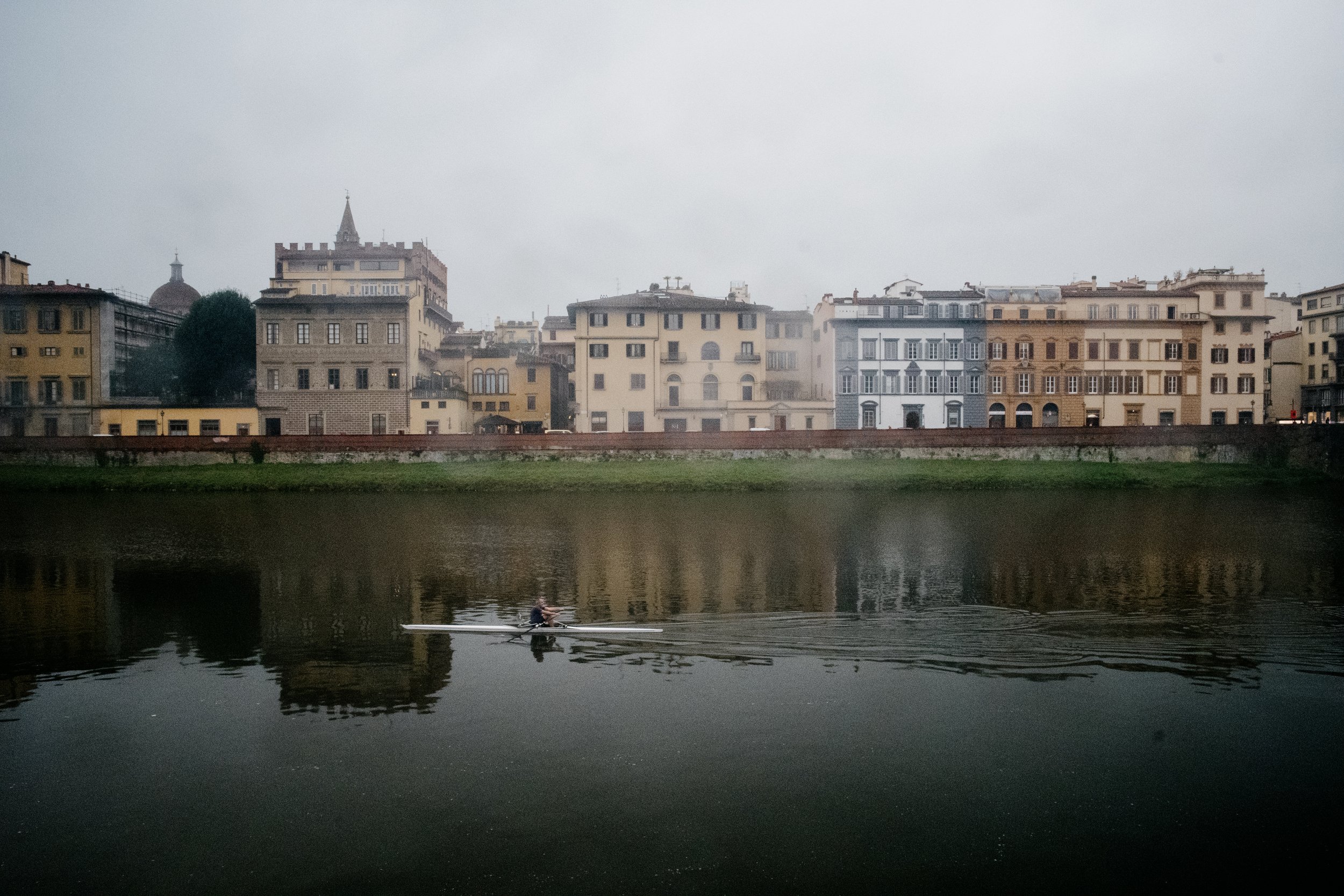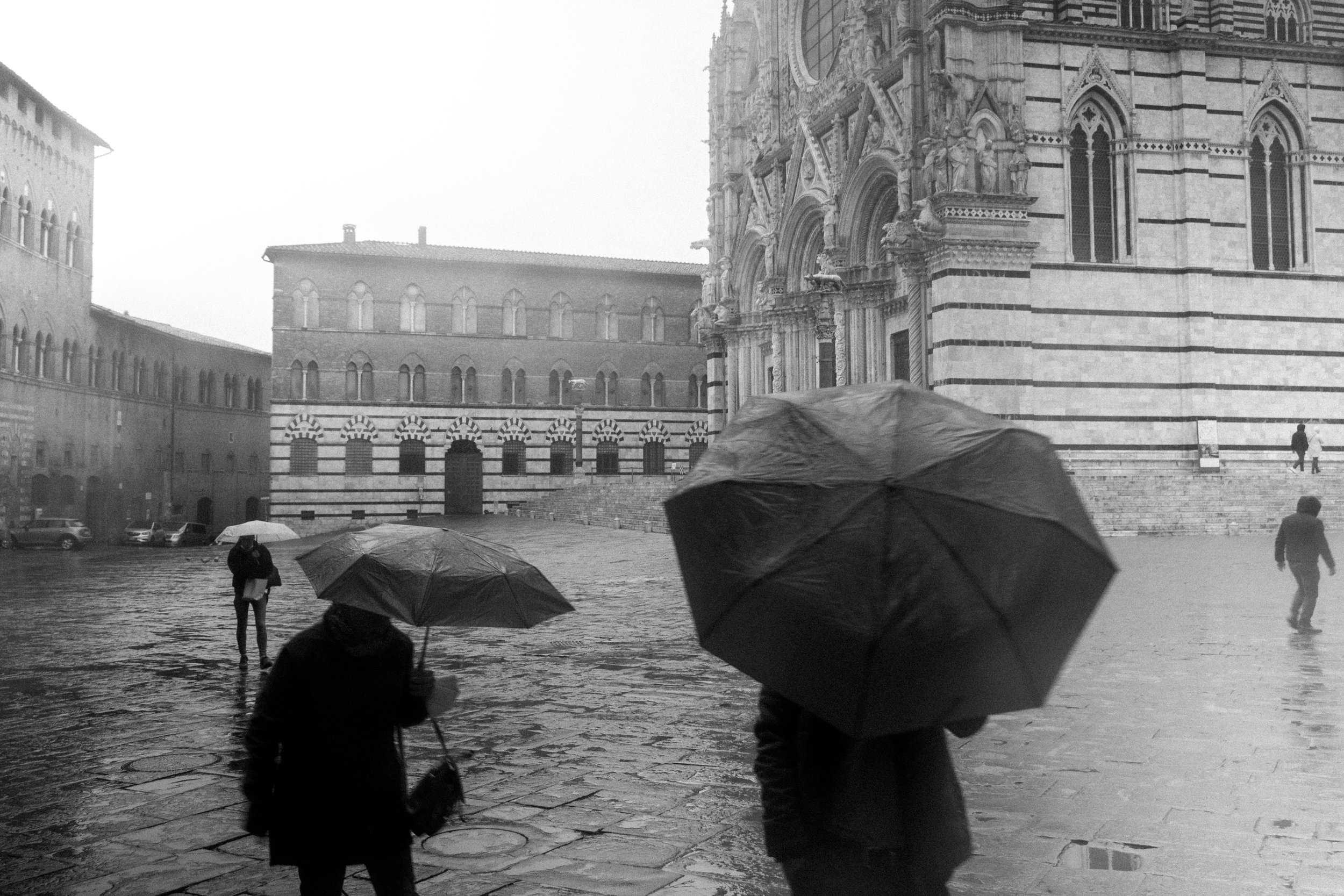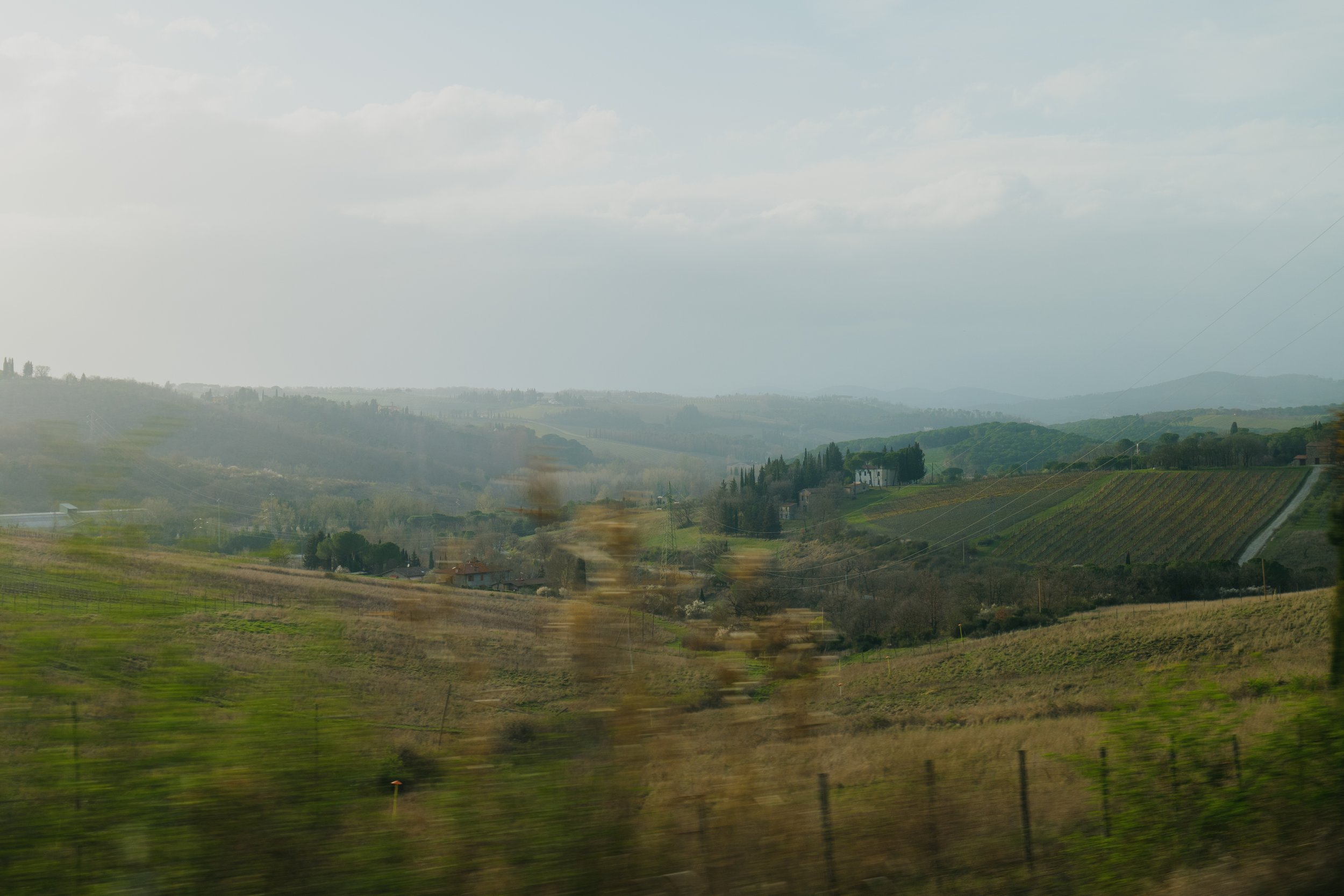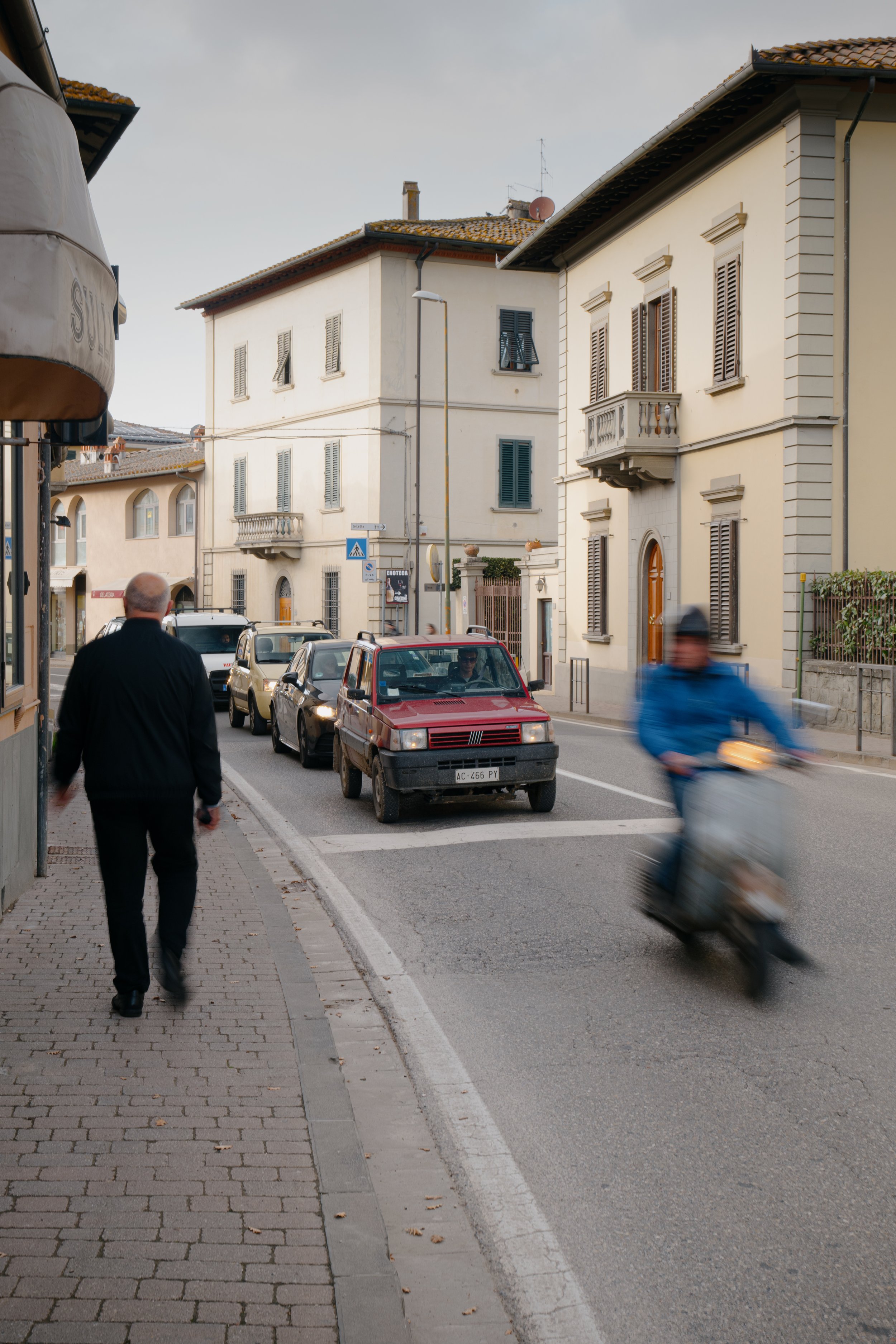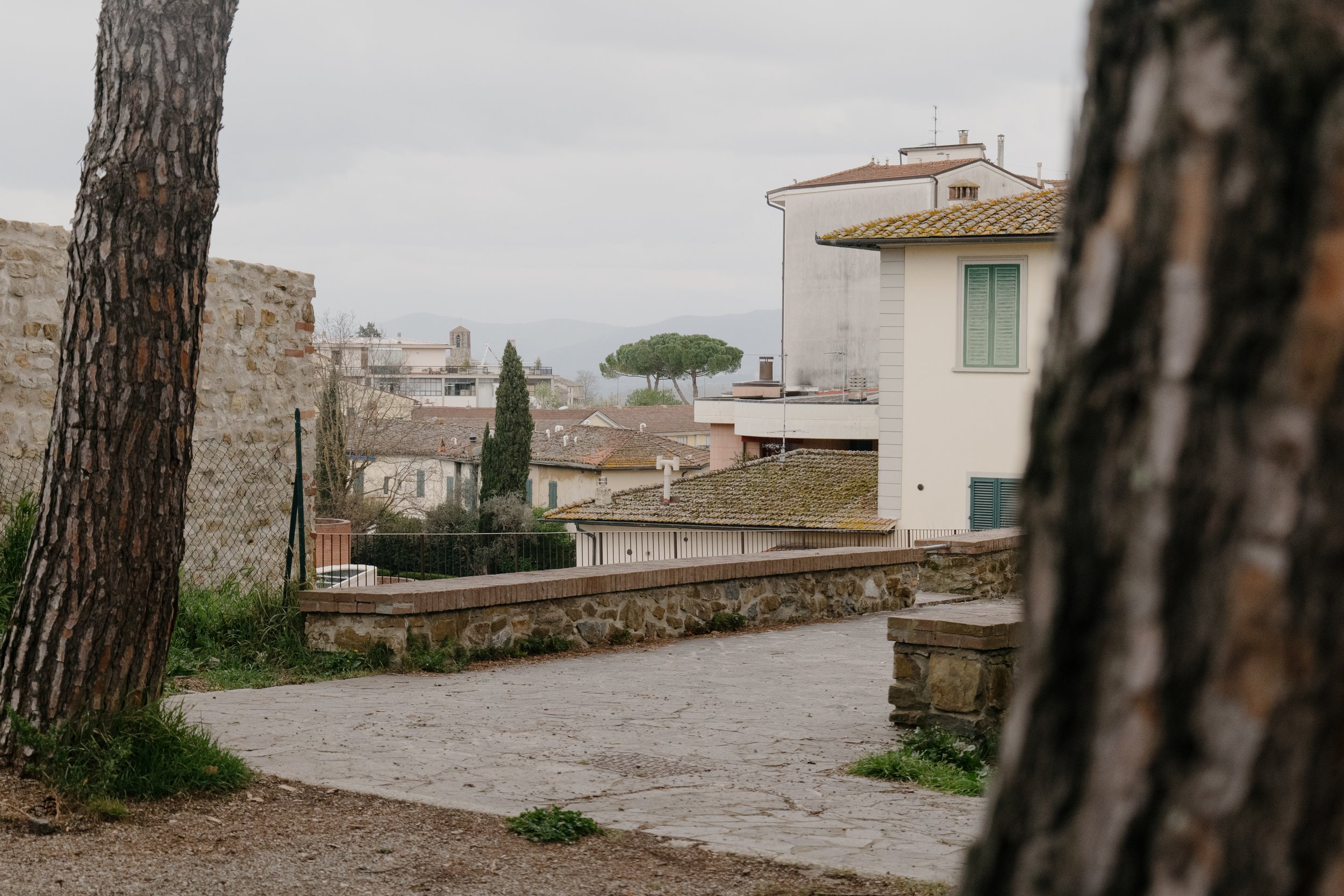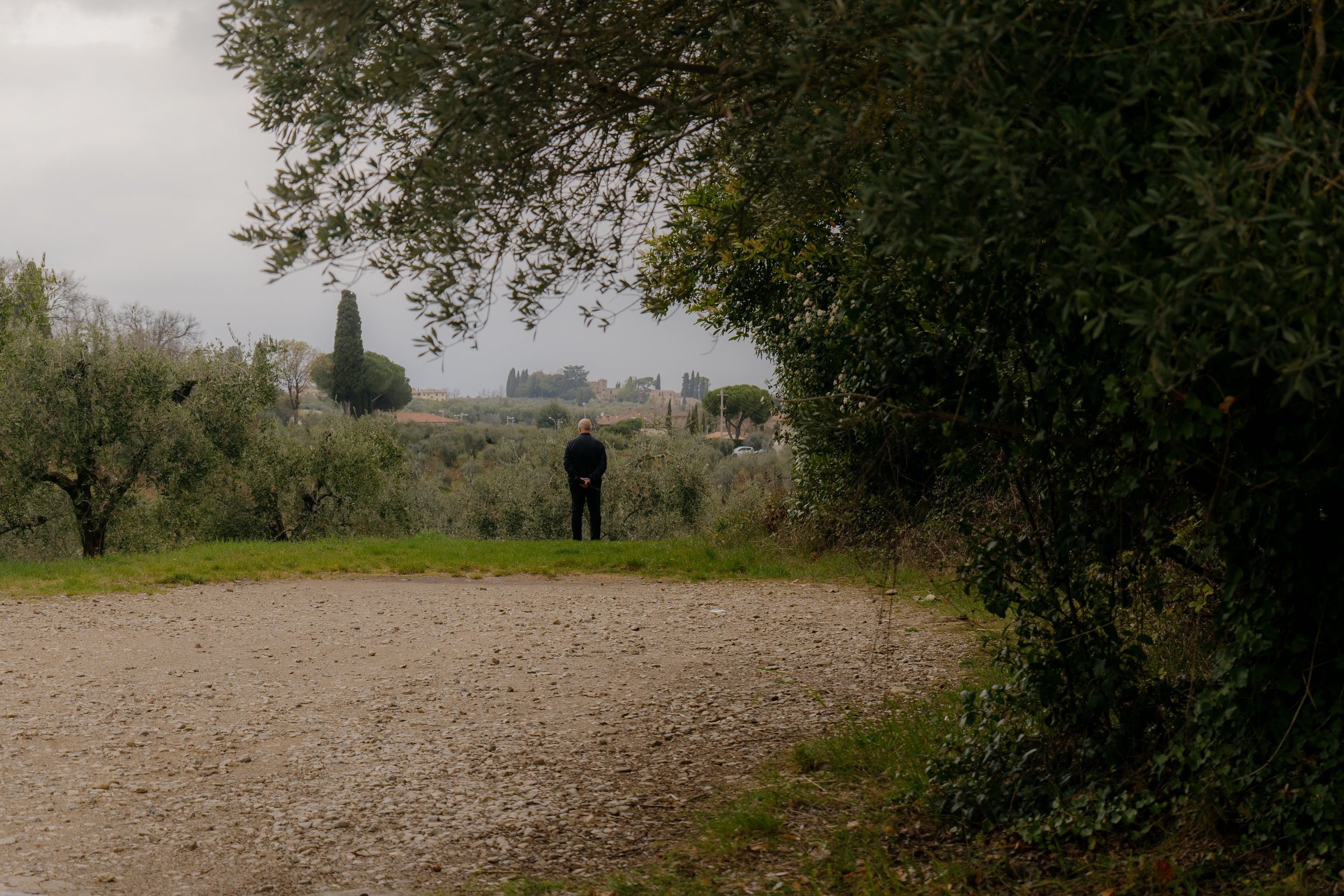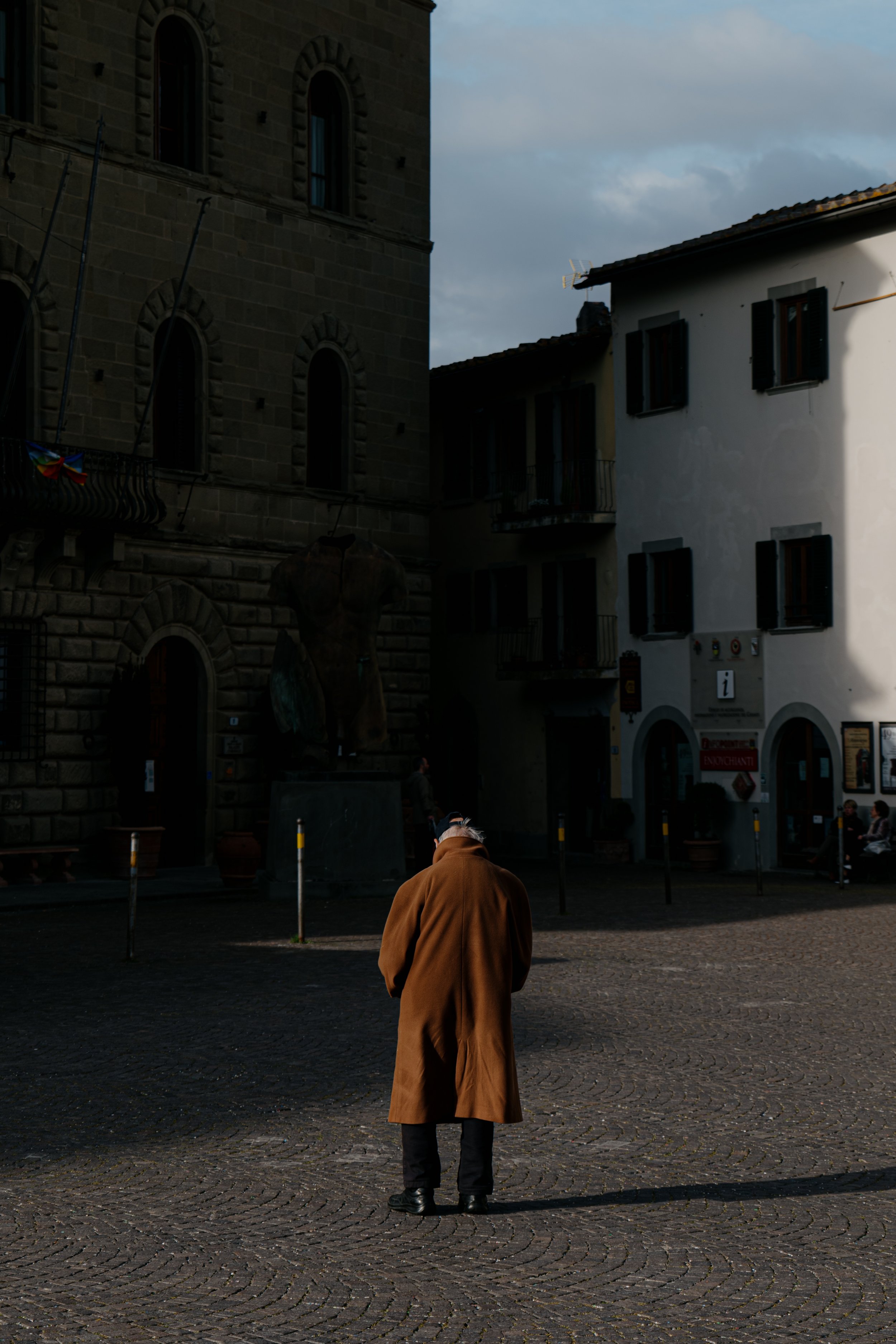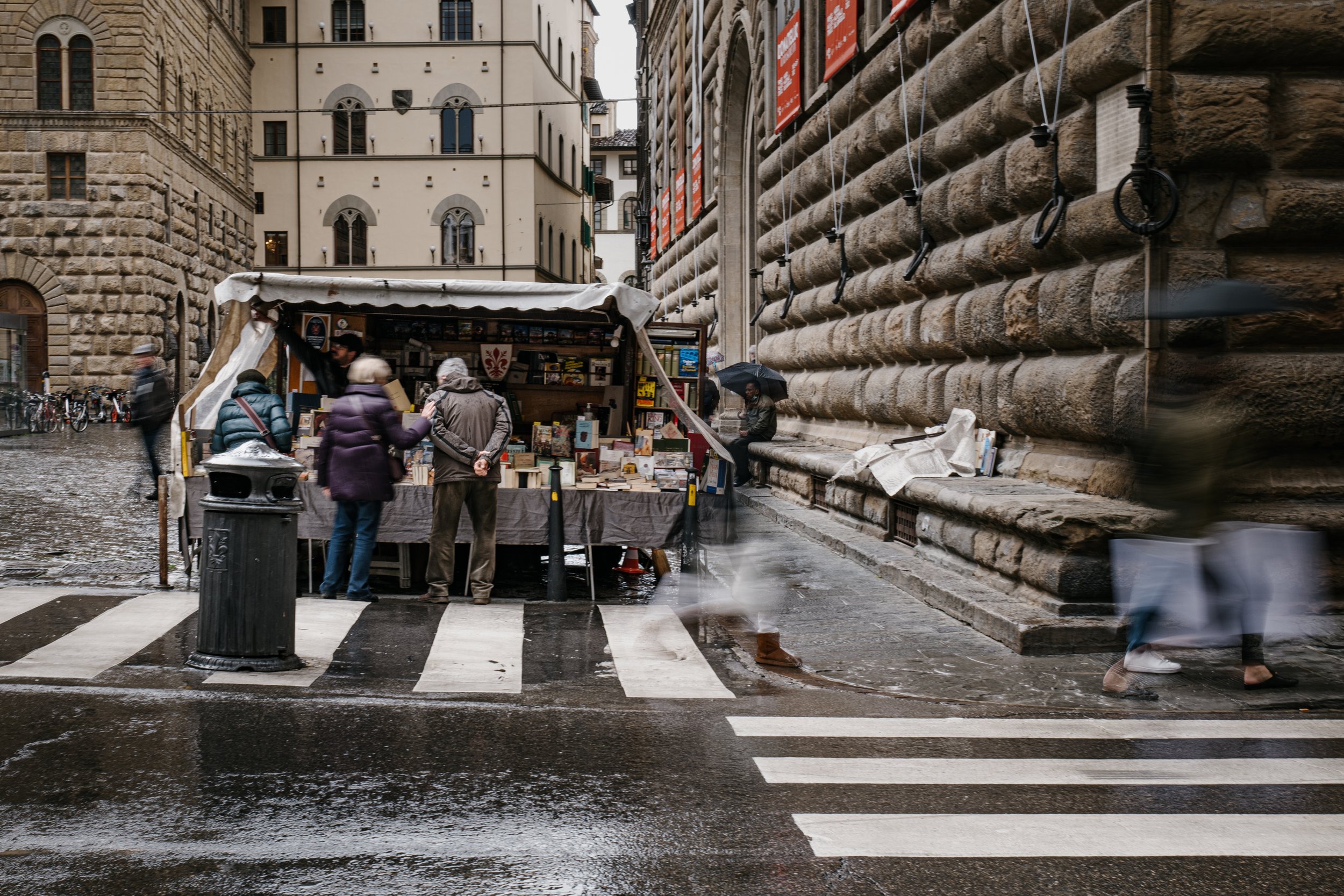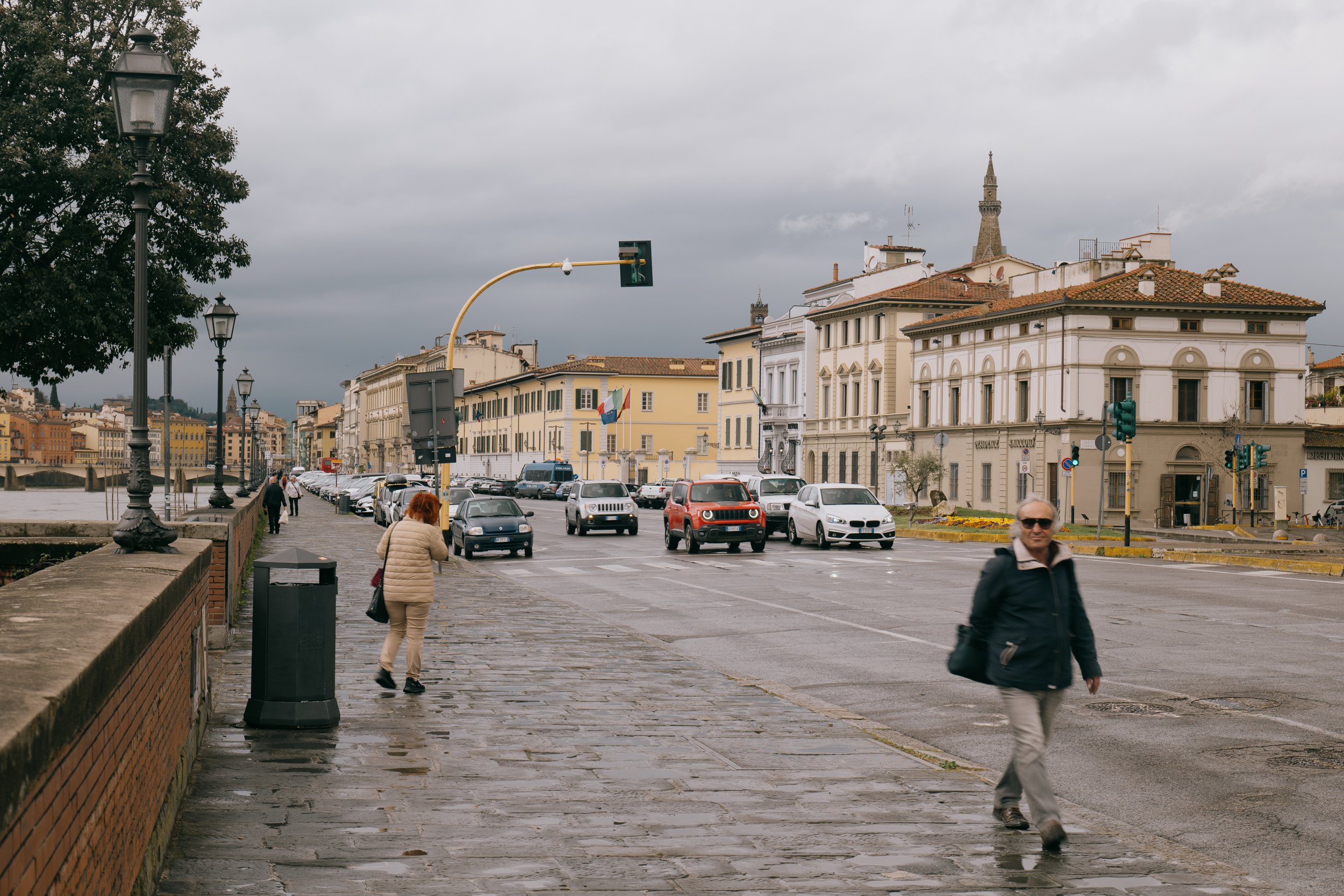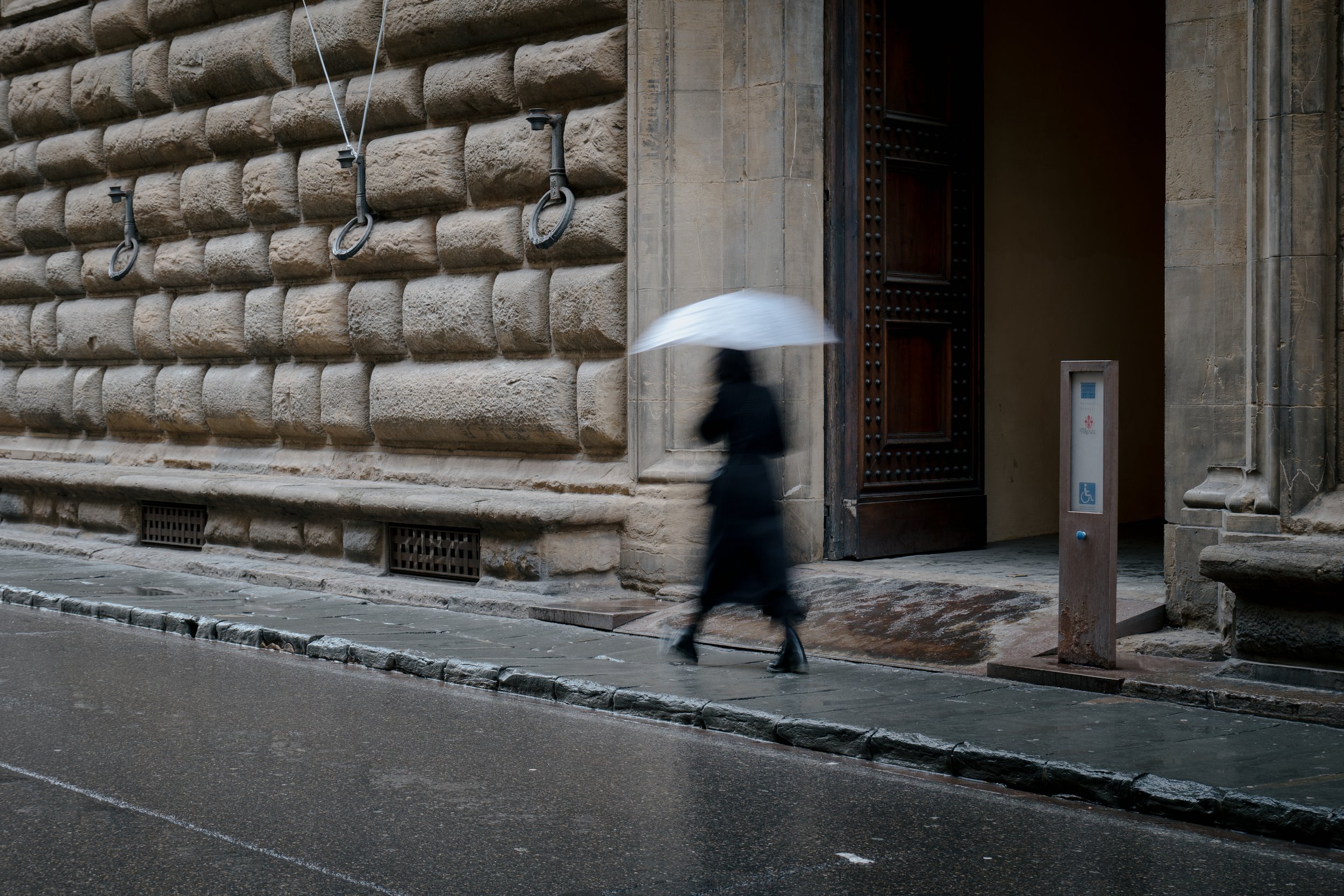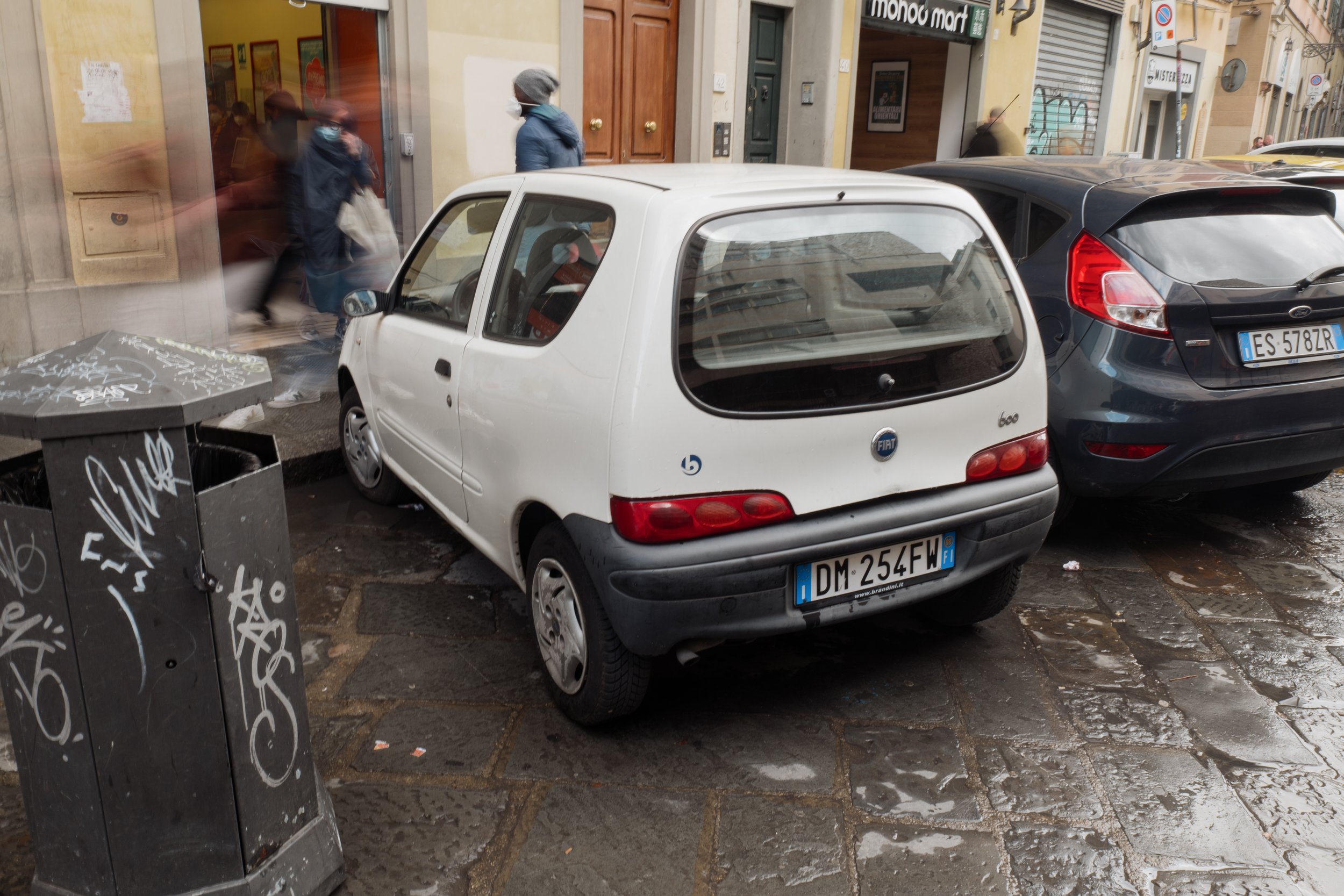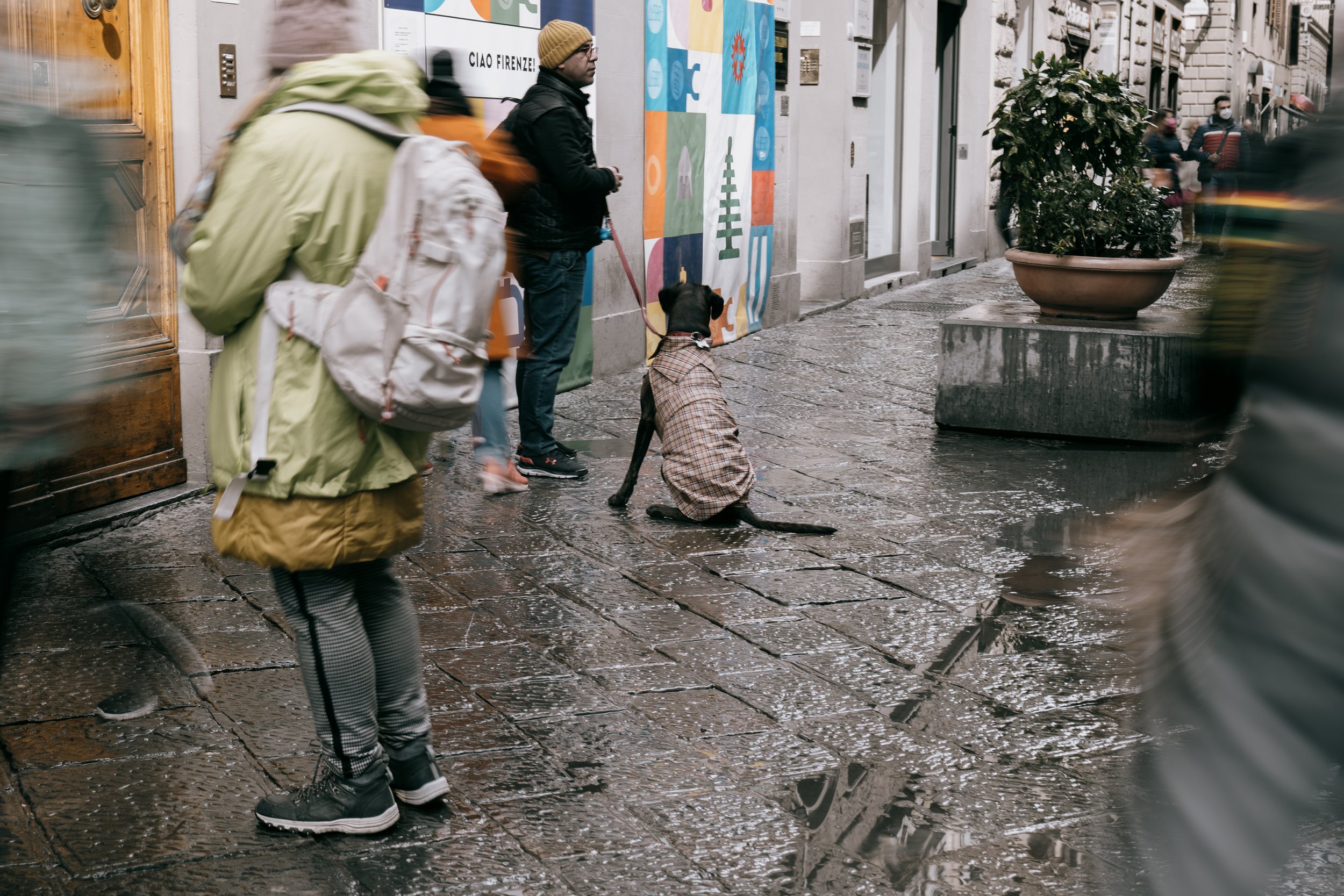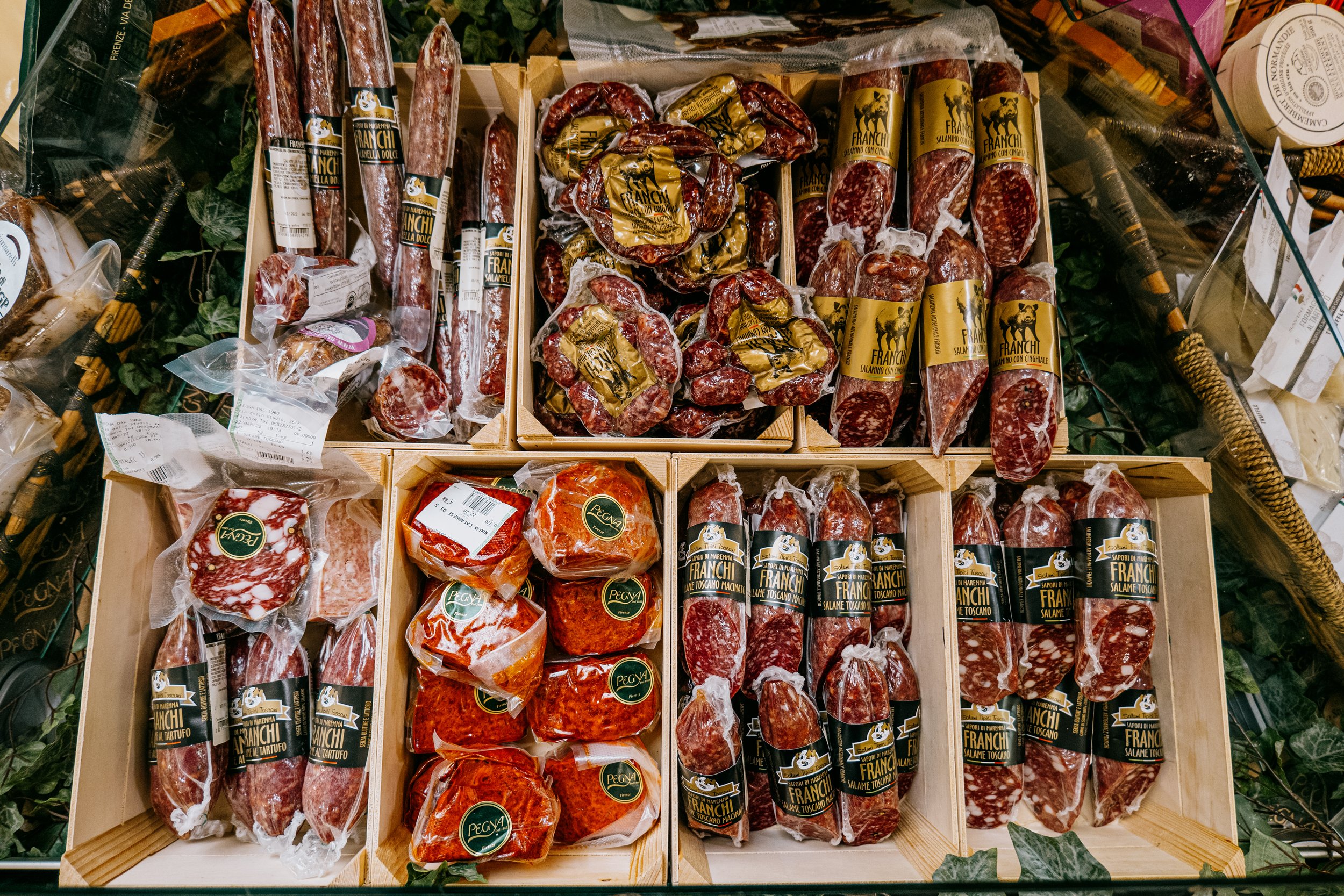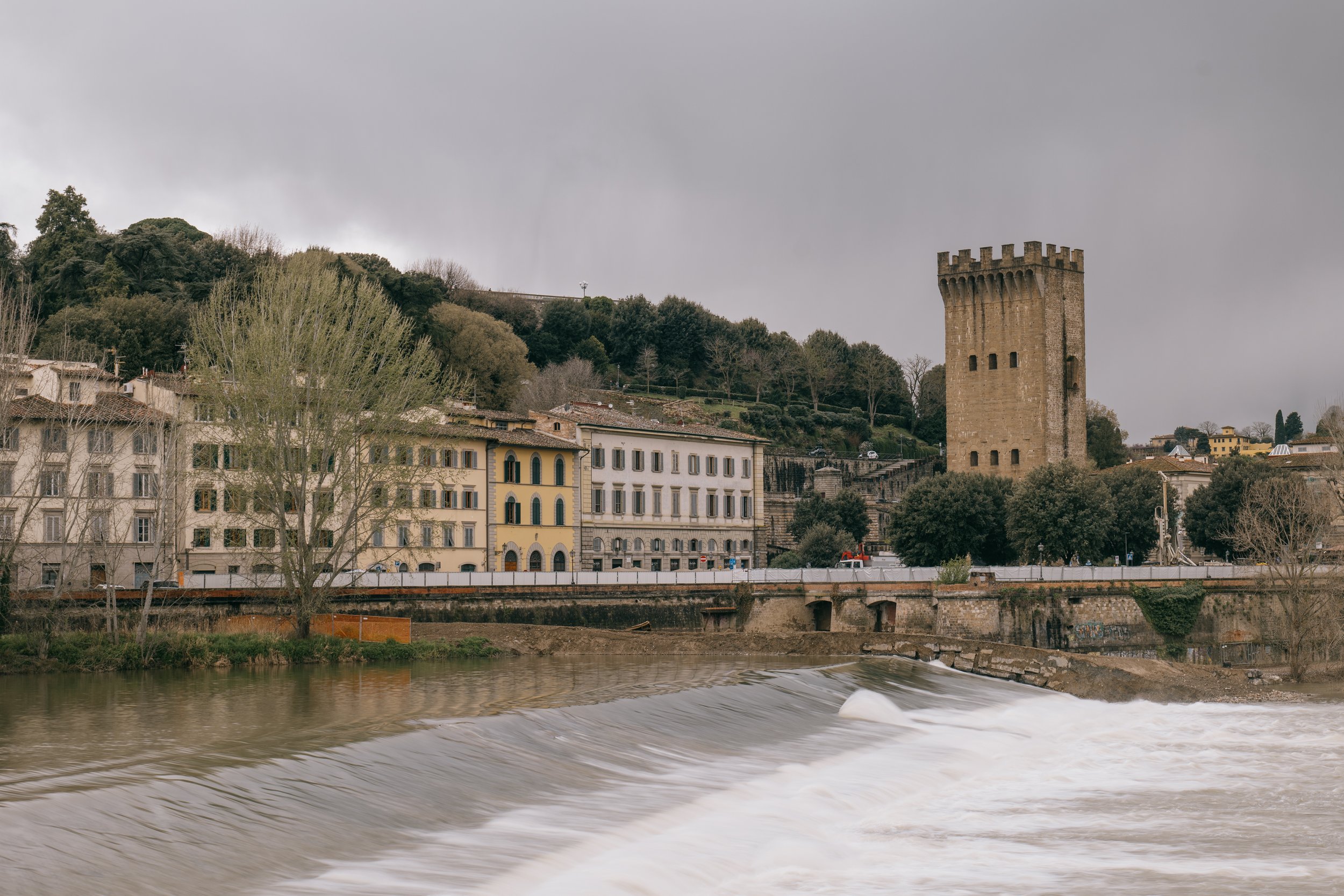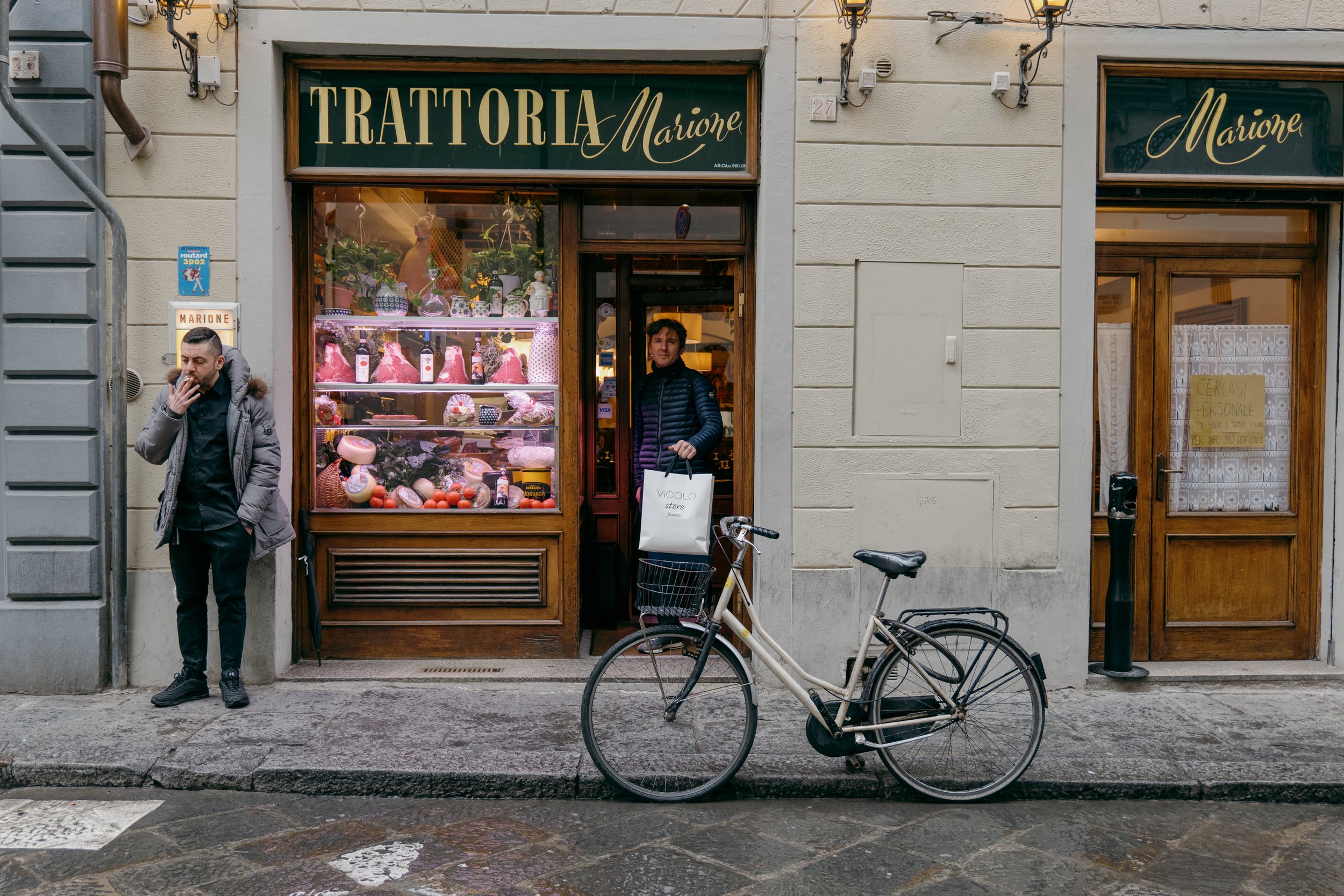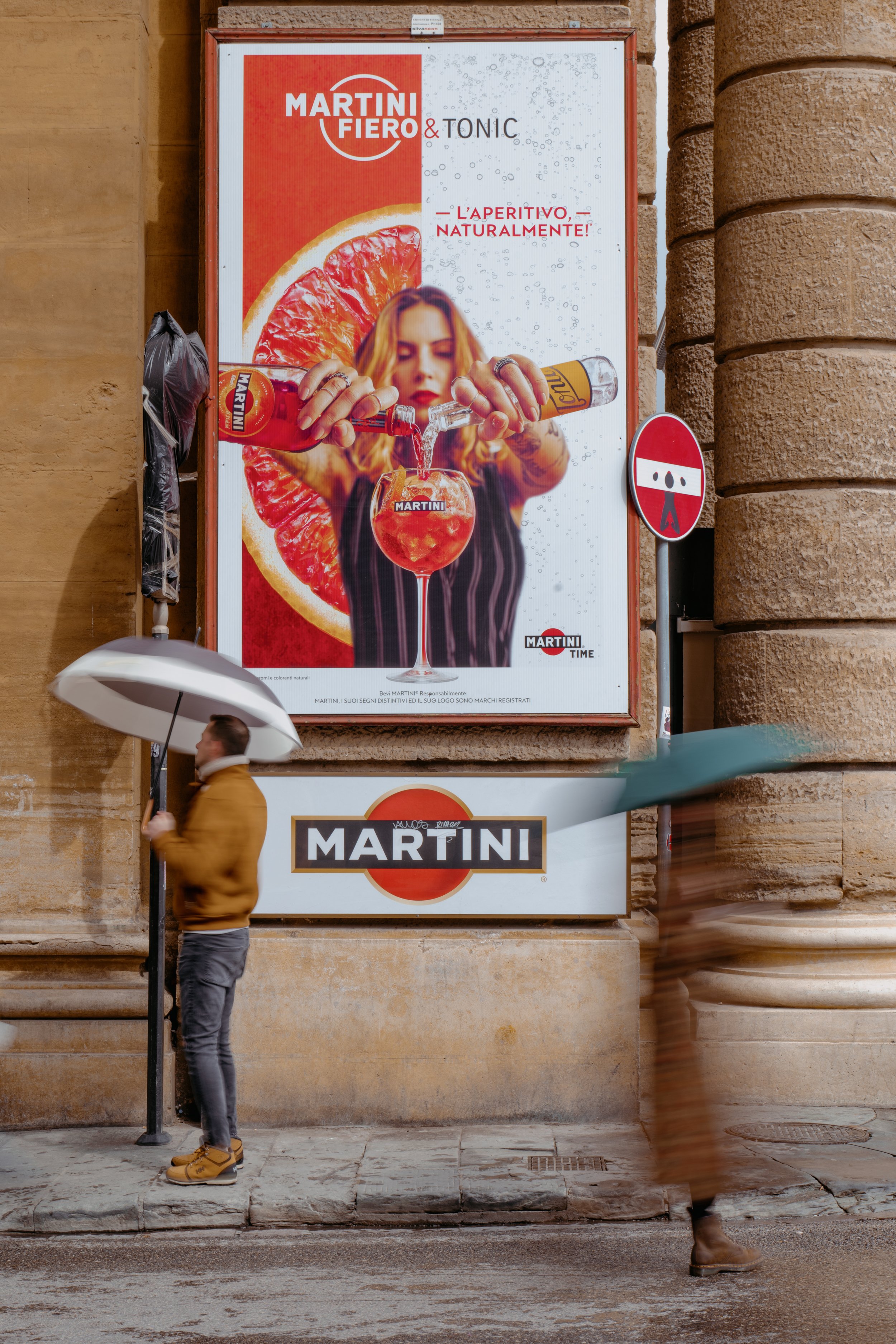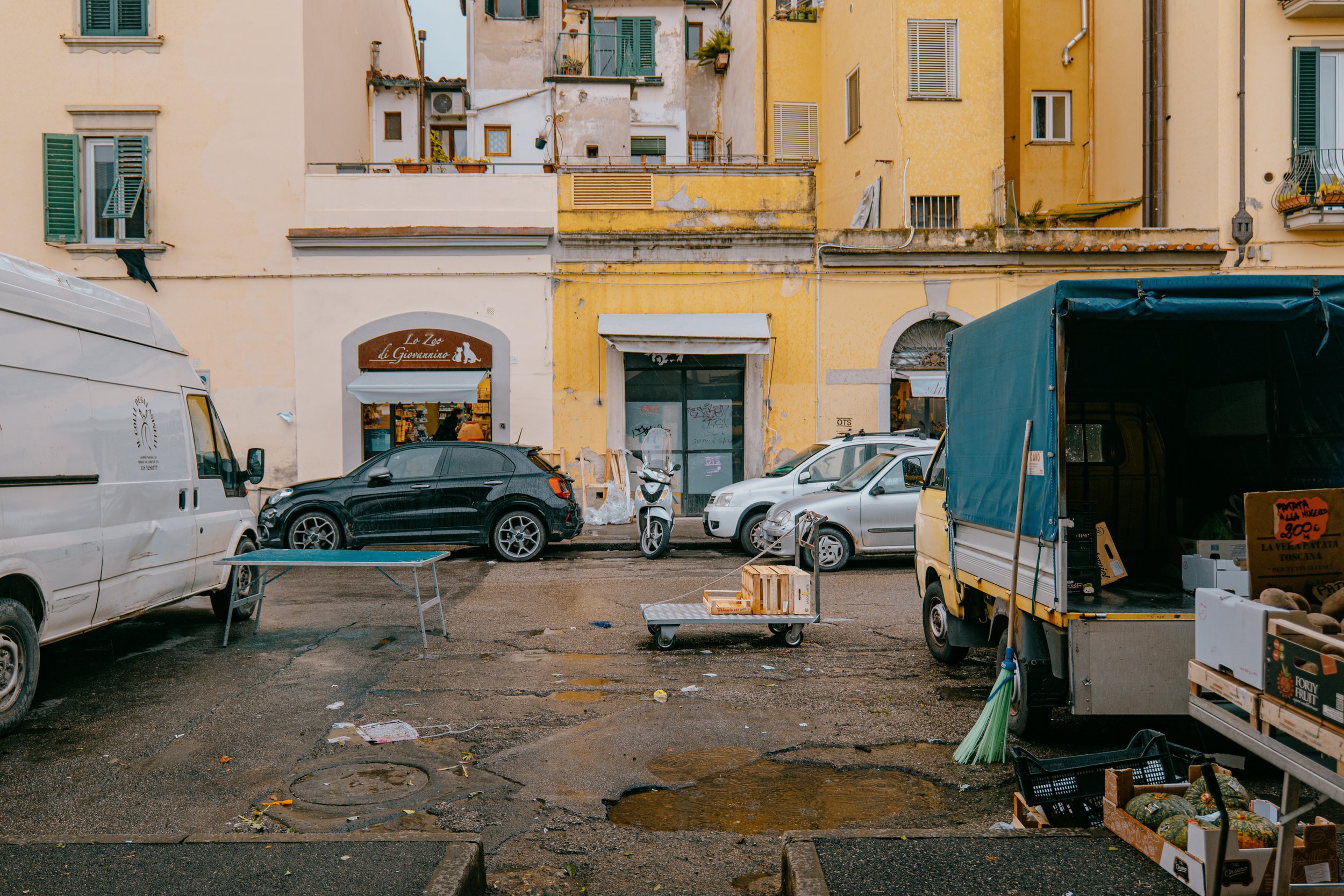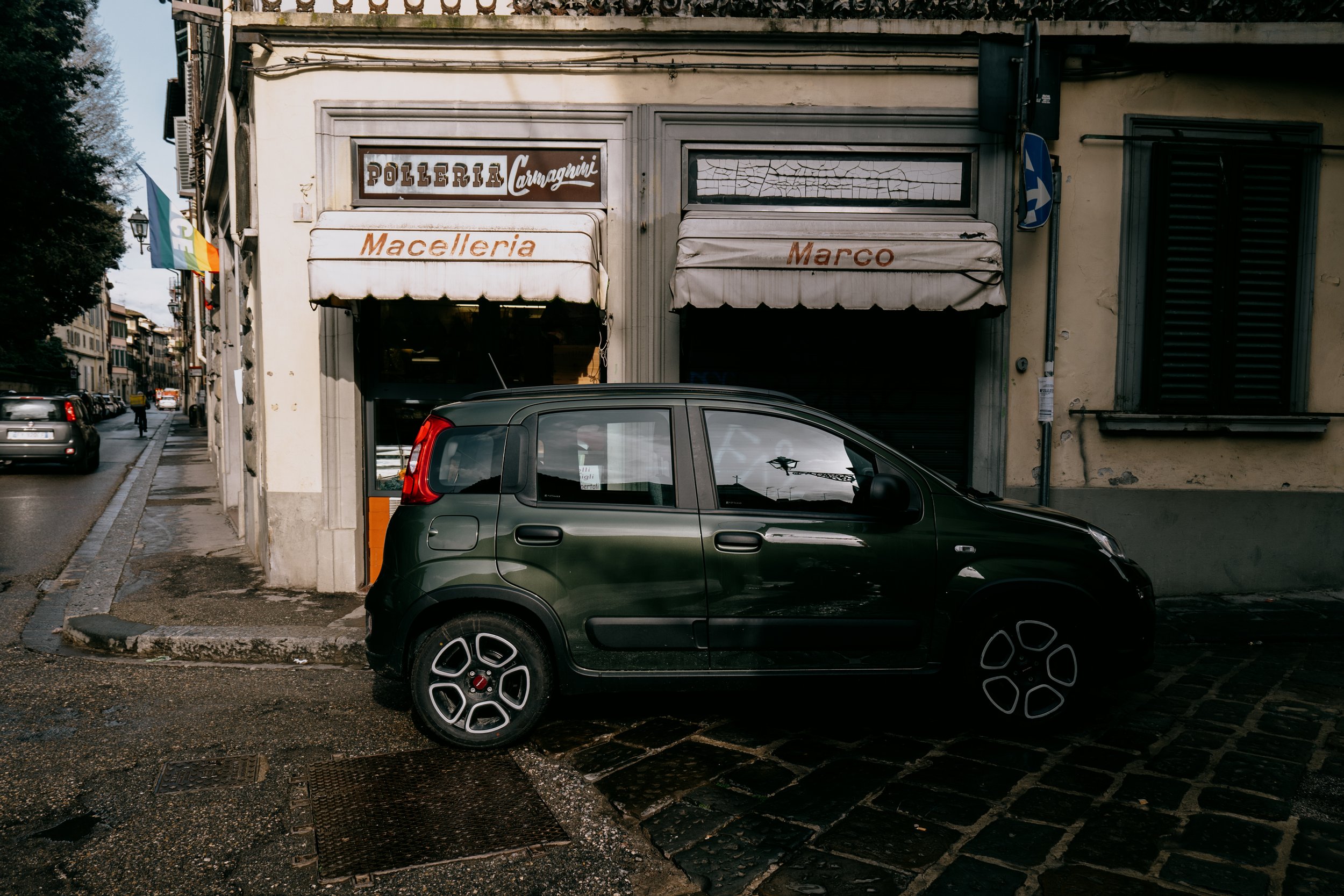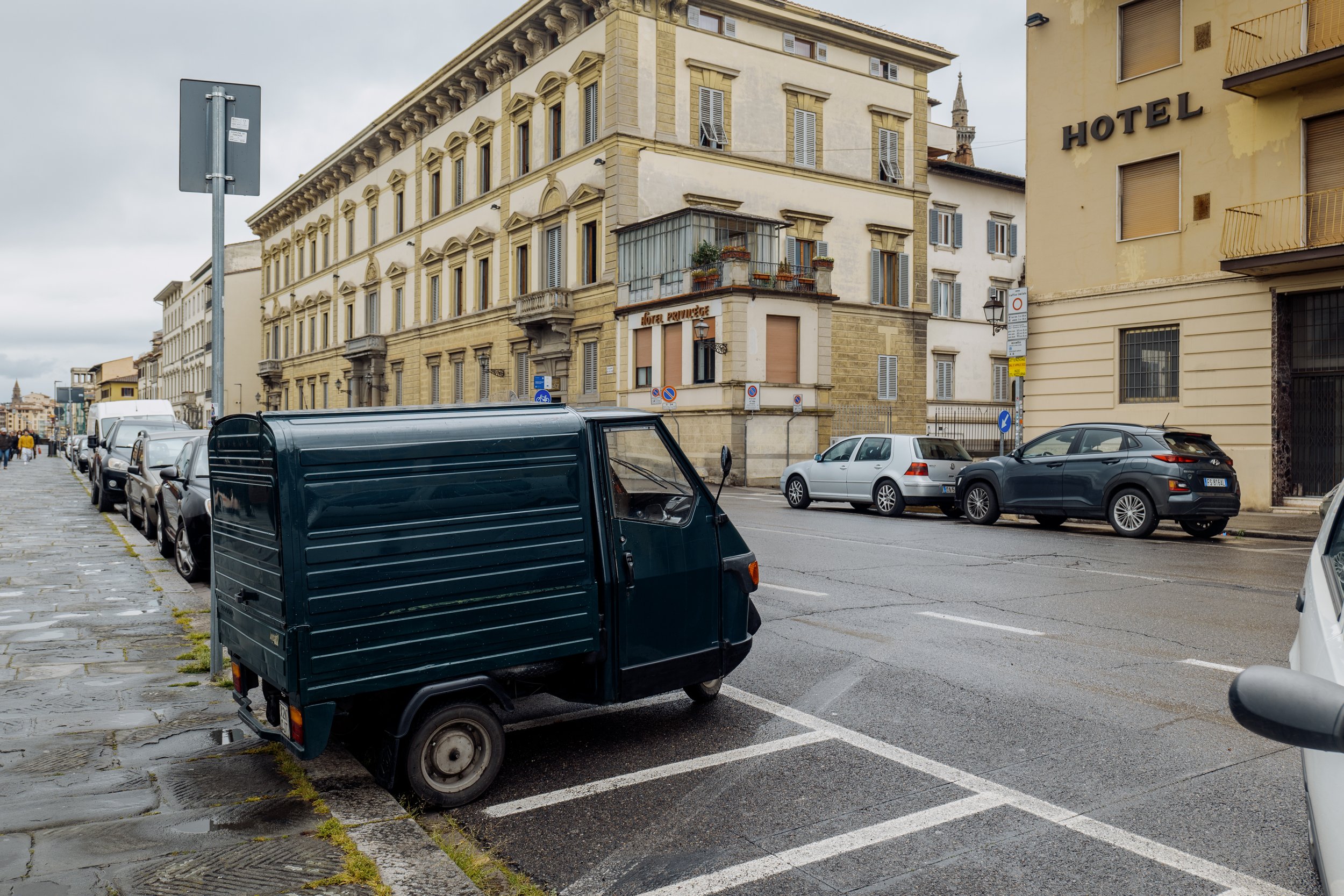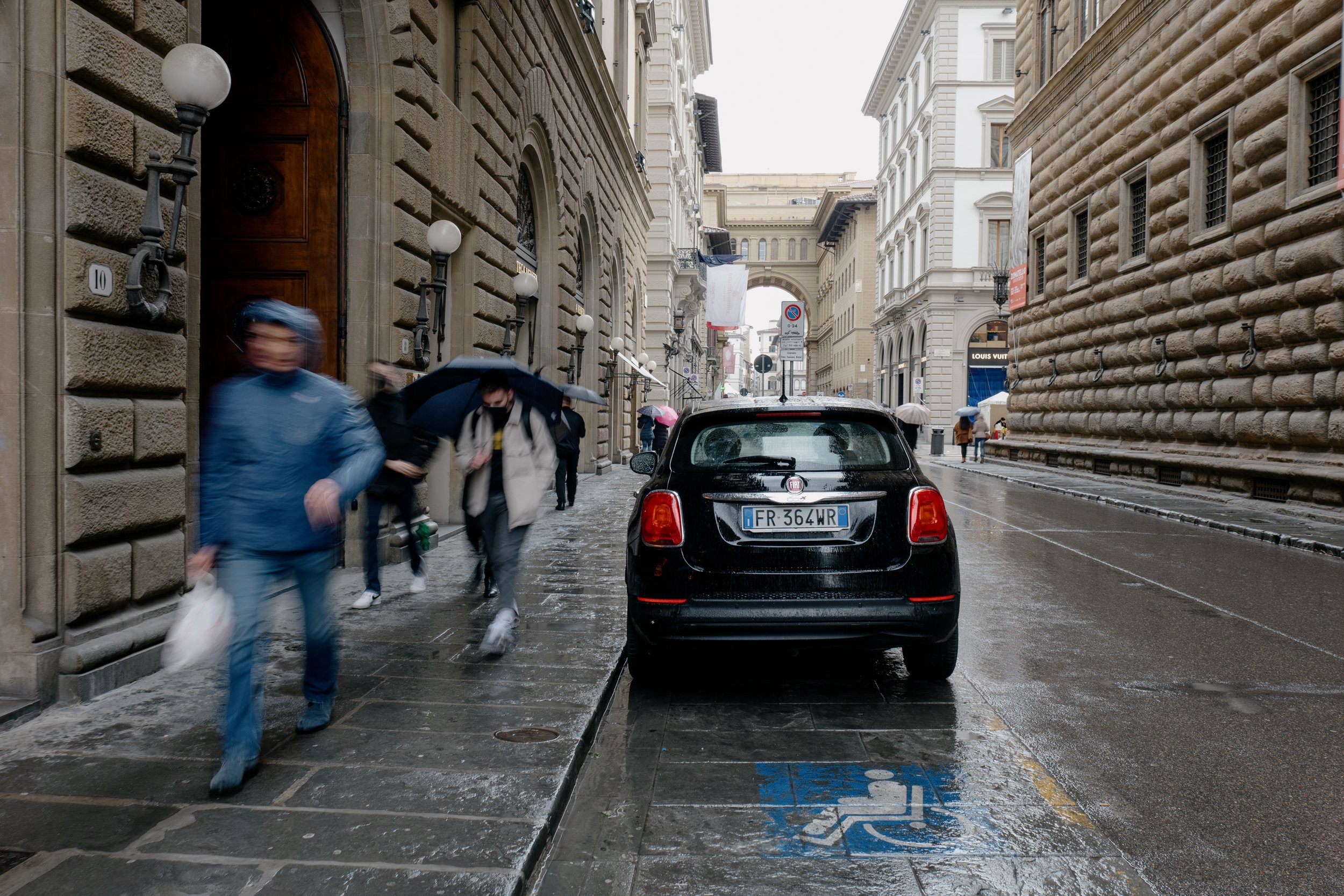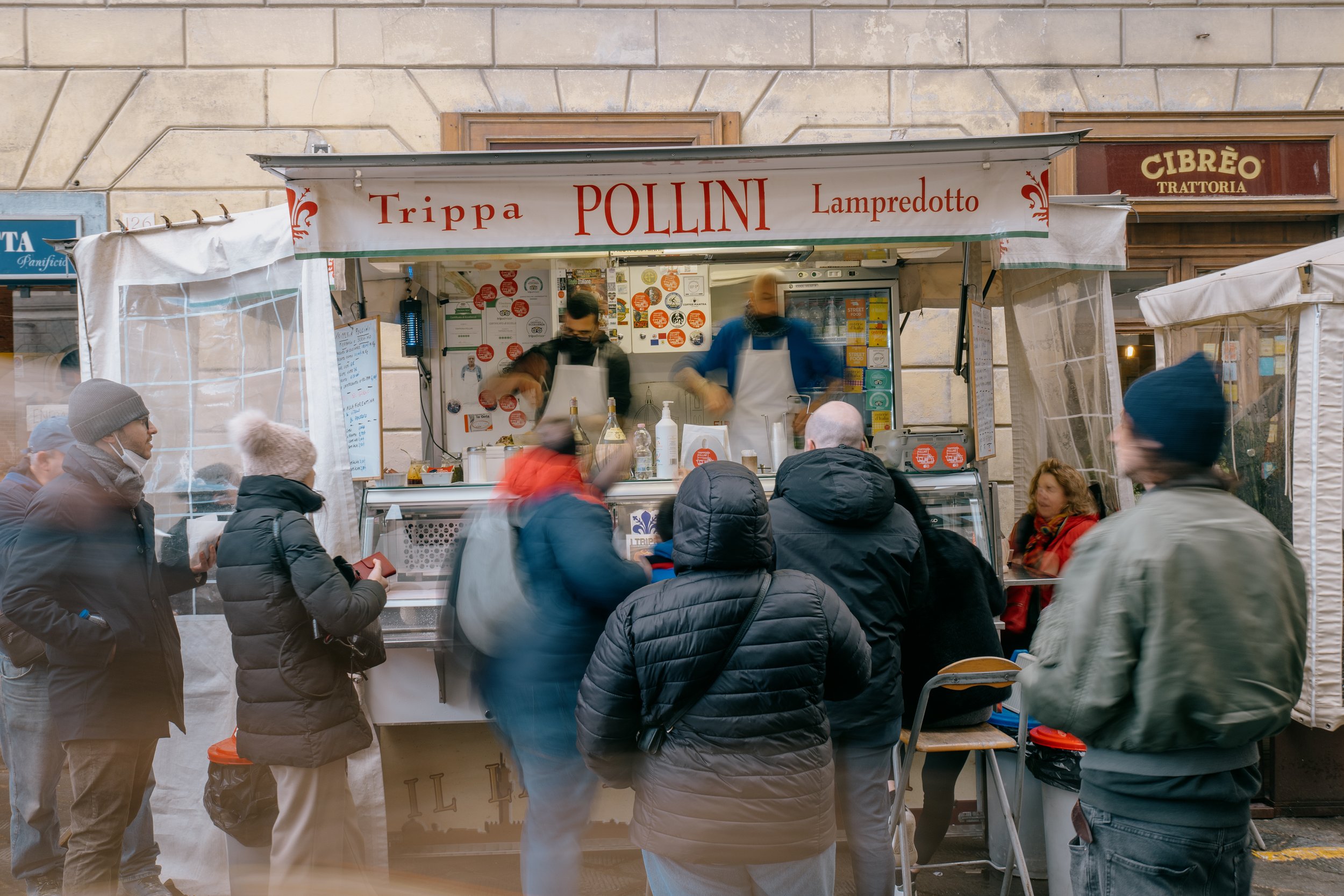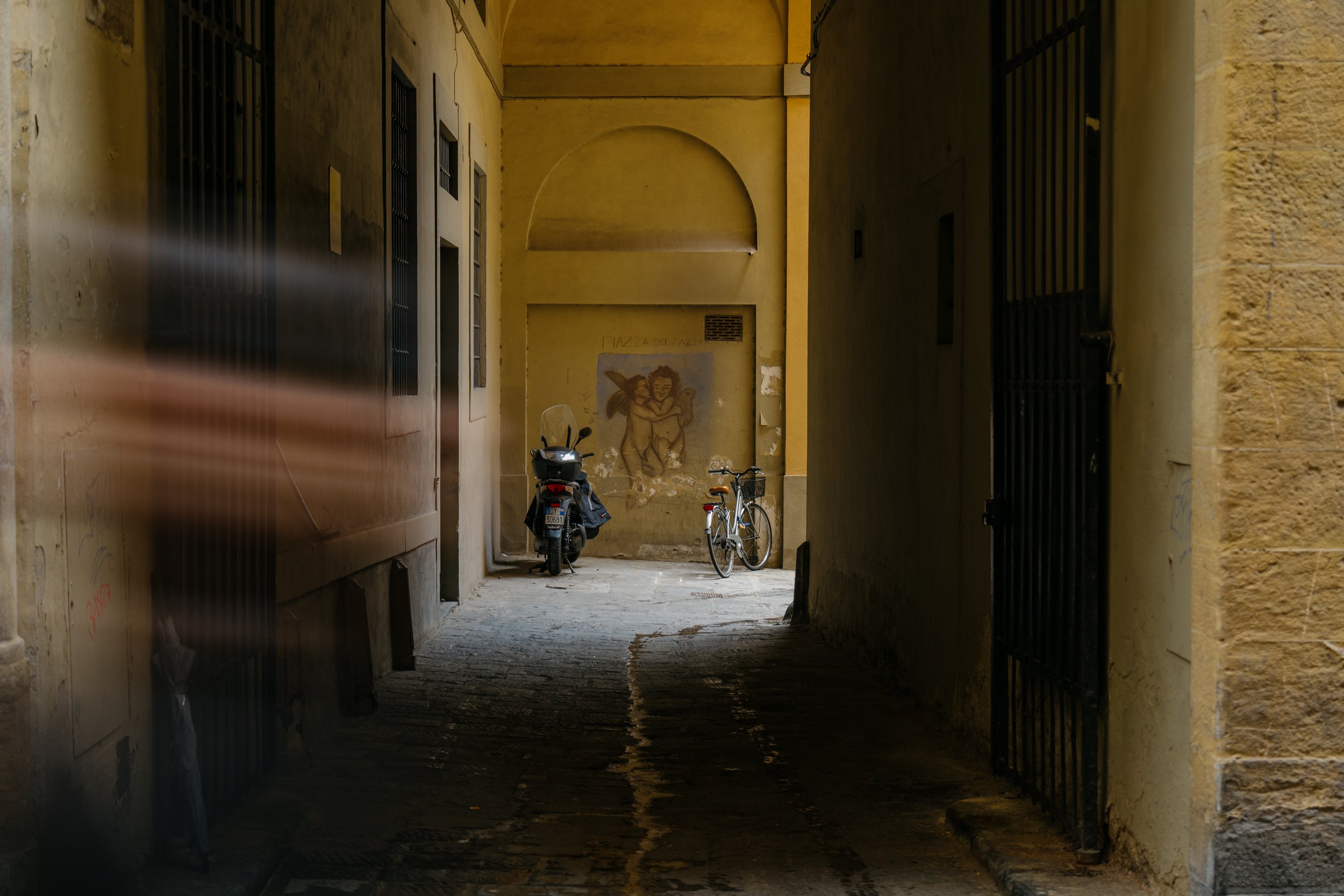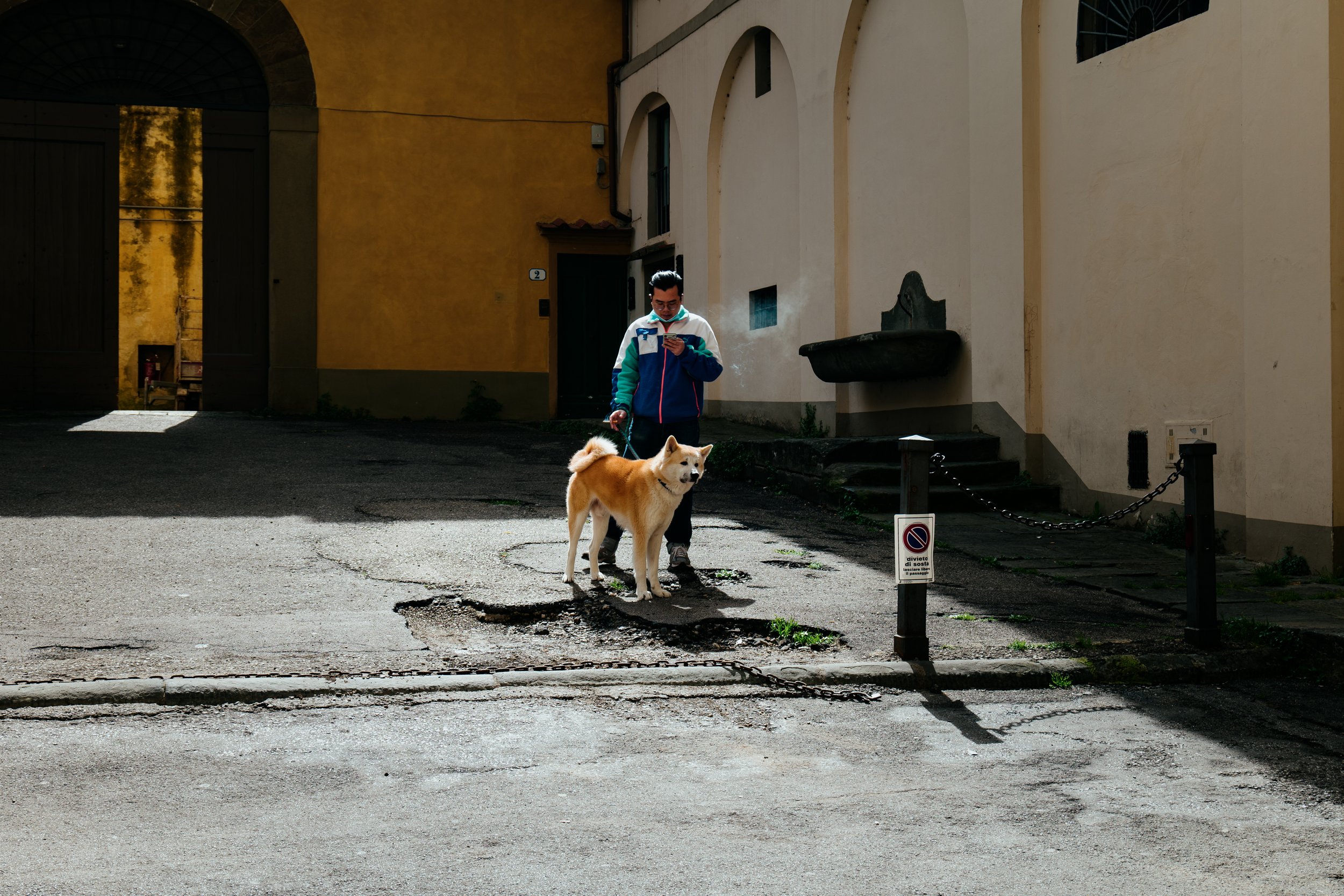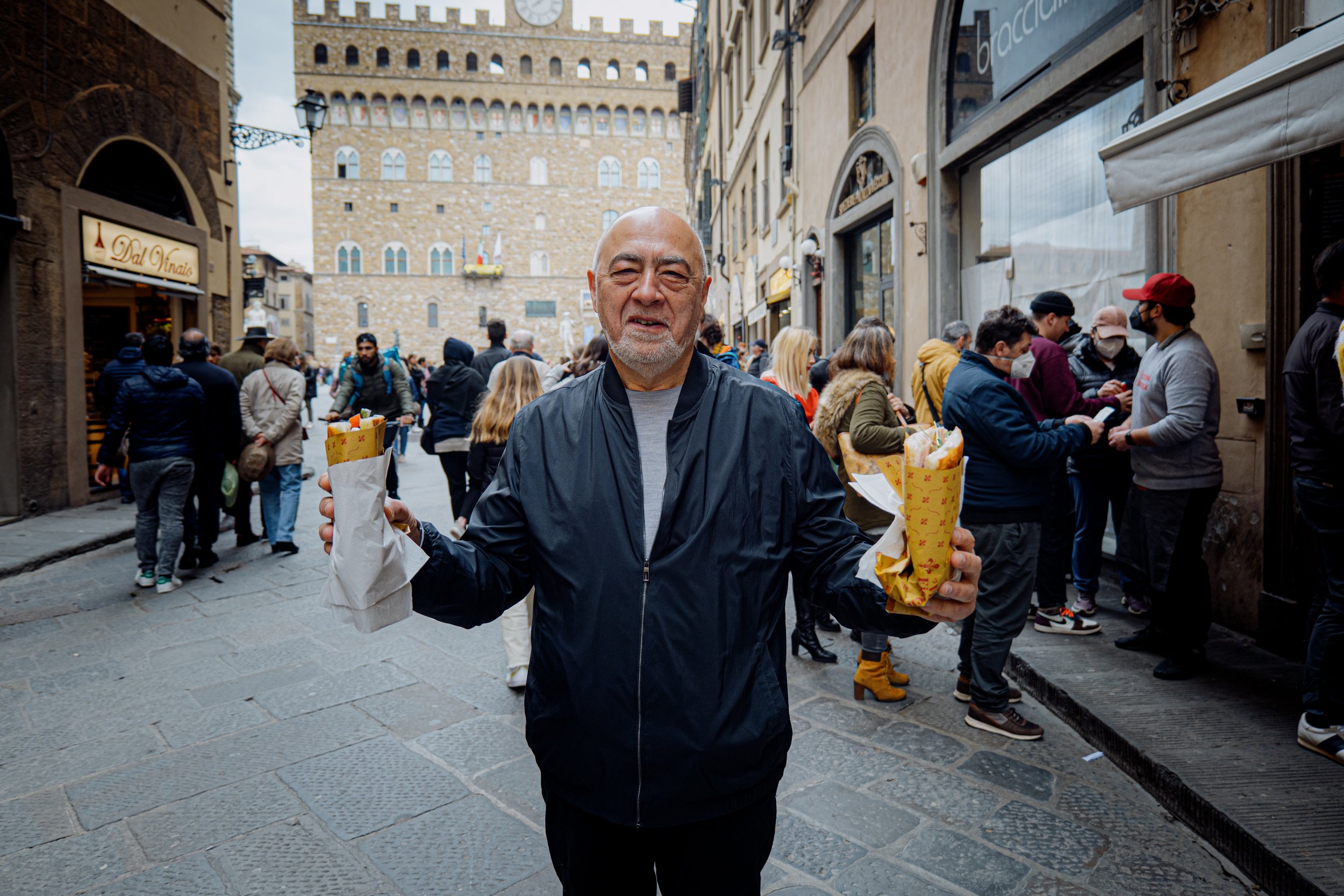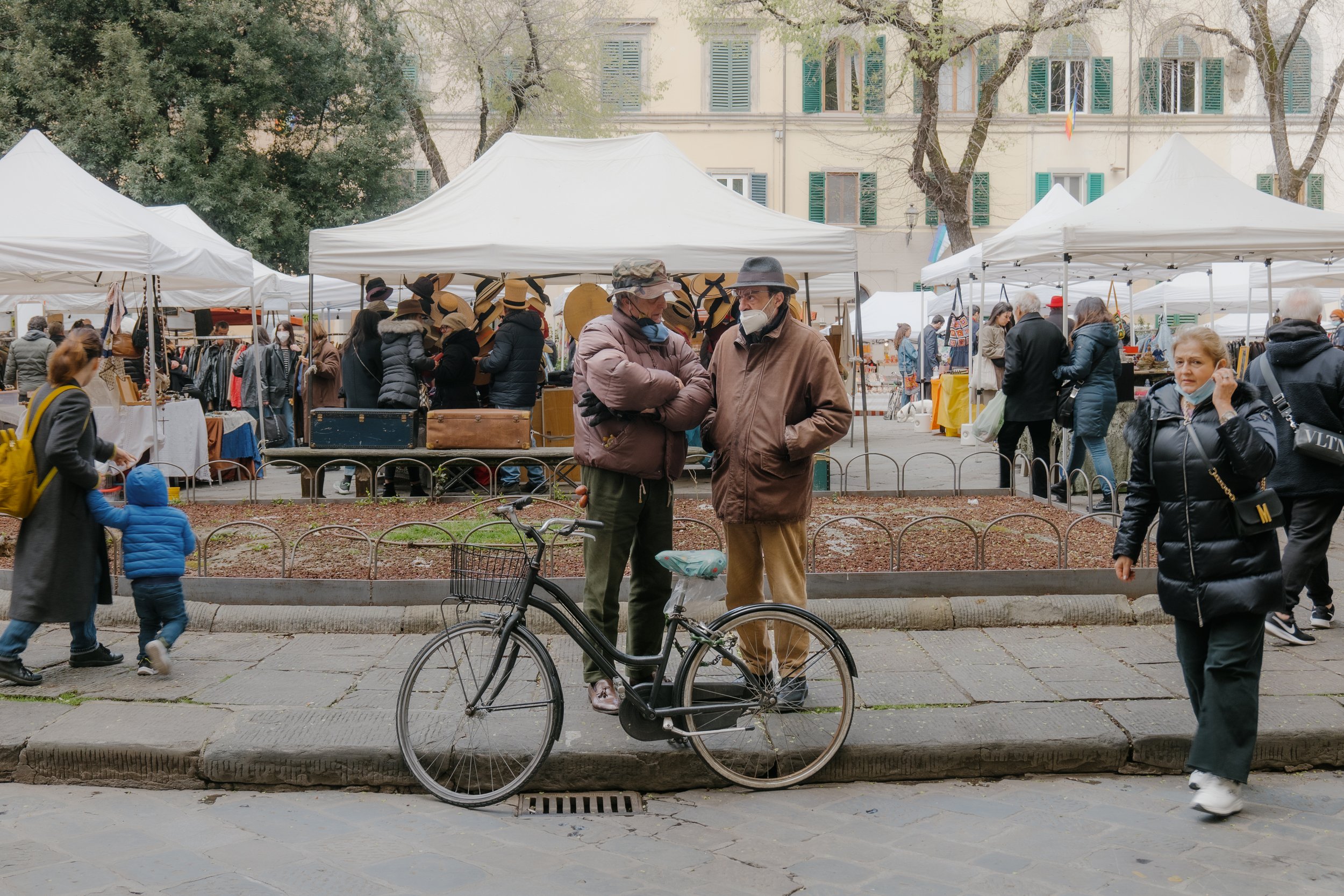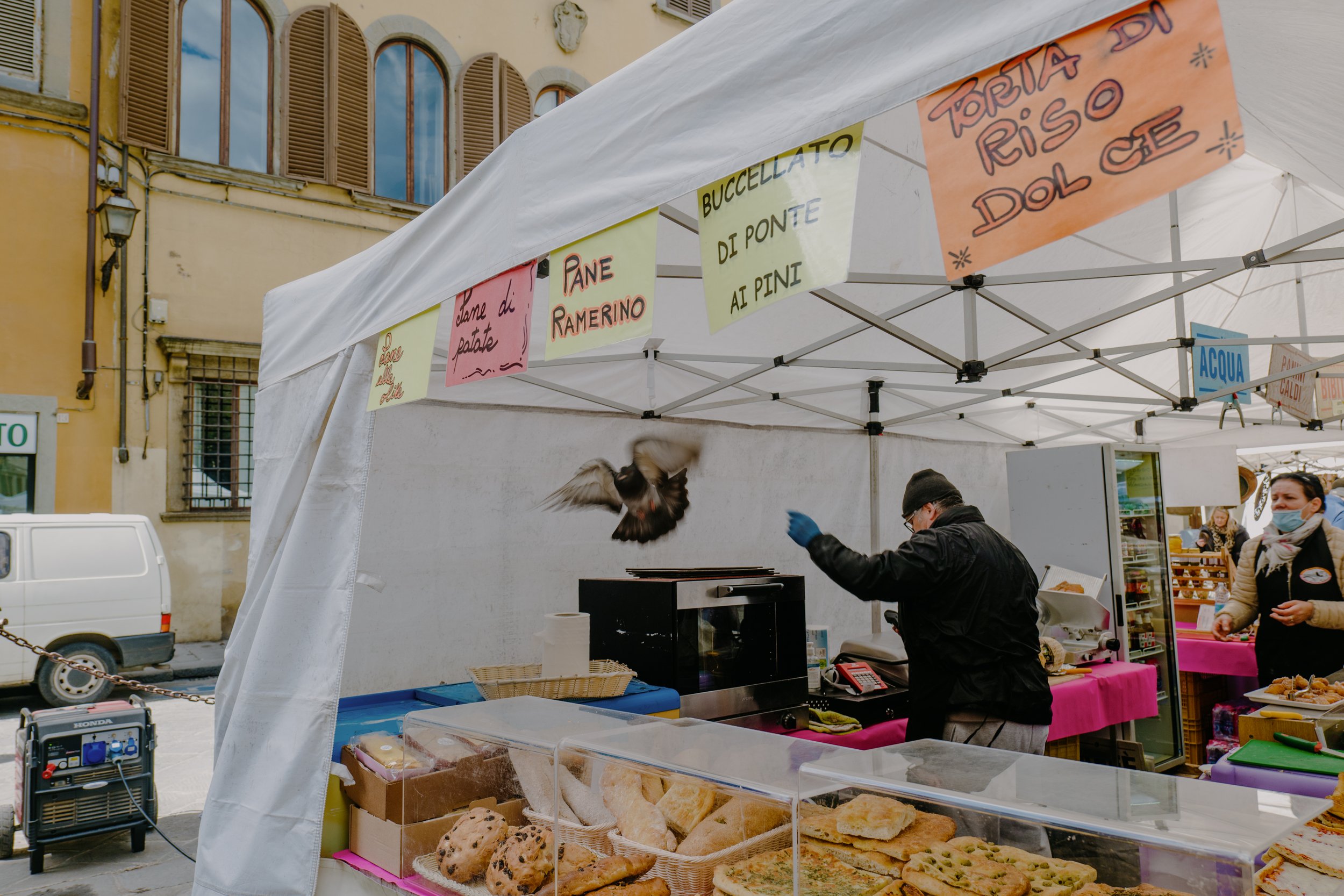Florence - The Sights, The Sounds, and The Foods
Last year I spent a week travelling in and around Florence with my dad. The following video and photo write up are from this trip - focusing on the sights, the sounds, and the foods of the region. The photos and video do most of the talking, but I wanted to go in-depth on a couple of areas below, namely the foods.
Il Latini and the Bistecca alla Fiorentina
Il Latini is a family run restaurant that my dad recommended from when he came here decades ago. Hidden down a cobbled side street, it’s a great restaurant to get a taste of Florentine culture and culinary heritage. If the ceiling lined with cured meats doesn’t convince you then I don’t know what will.
The menu is made of simple yet flavorful dishes of the region, with the star of the show being the Bistecca alla Fiorentina, the region's powerhouse of a dish.
Bistecca alla Fiorentina, Fagioli Bianchi, Verdure Grigliate
Patate Arrosto, Verdure Grigliate
Bistecca alla Fiorentina is a thick, dry aged, T-bone steak sourced from a local cattle breed - the Chianina. Chianina cattle are one of the world's oldest breeds and the world's biggest breed. They also come from the Chiana Valley, which is where Chianti wine is made. The grass-fed, healthy, muscly and happy animal provides a meat that is very lean and marbled. Sadly we didn’t see any of these beasts on the trip so here’s a photo from google.
Chianina Cattle, and man.
As the steak is so thick they can cook it over a very hot open flame, giving it a beautiful charred crust on the outside, but a juicy tender inside. Pairing it with a Chianti wine completes the whole experience, eating and drinking produce that comes from the same ground. Molto buono.
Lampredotto and Tripperia Pollini
Lampredotto is an offal dish made from the fourth stomach of a cow. A traditional staple on the streets of Florence, a common way to eat the stomach is the “Panino Trippa”, a tripe sandwich. The slow cooked meat is placed in a crusty roll with salt, pepper, and a spicy red sauce or a fresh salsa verde. The top half of the roll is then usually dipped quickly into the lampredotto broth for extra flavour.
In terms of cooking the stomach, it’s slowly simmered in a vegetable stock to break down the tough muscle fibres, giving a tender and succulent meat. Once the stomach is cooked it's sliced into thin strips (how they do this is impressive, you can see it in the video) and then served.
Pollini Lampredotto, a father-son run stall, is one of the well known places to get the sandwich.
“For 23 years we have been in the square waiting, not for customers, but for friends.”
Here’s a great video of the owner, Sergio Pollini, explaining the story behind the cart.
Fishing Lab Alle Murate
Going from old and traditional to modern, innovative, and very unique, Fishing Lab is a restaurant come museum serving up all different forms of seafood, traditional and contemporary.
Firstly, it's built inside an old 14th century palace. With three levels, you can either sit among the gods with the ceiling’s frescoes, sit at the bar, or head downstairs to something special - excavated 1st century Roman ruins. They market the restaurant as a “carefree museum”.
Secondly, they don’t really cater to any specific clientele:
“Our clients cannot be categorised in terms of classic age or social status considerations. Our target cuts across all these, encompassing people with precise consumer attitudes and preferences”
The restaurant blends street food culture with fresh high quality ingredients into an informal but classy atmosphere.
The Menu
Mixed Fried Fish
Clam Risotto
Sandwich with “Sea Lampredotto”
The prices are low, the quality is high, and you can have either a light finger food snack or a full blown meal. The Fishing Lab world is your oyster.
